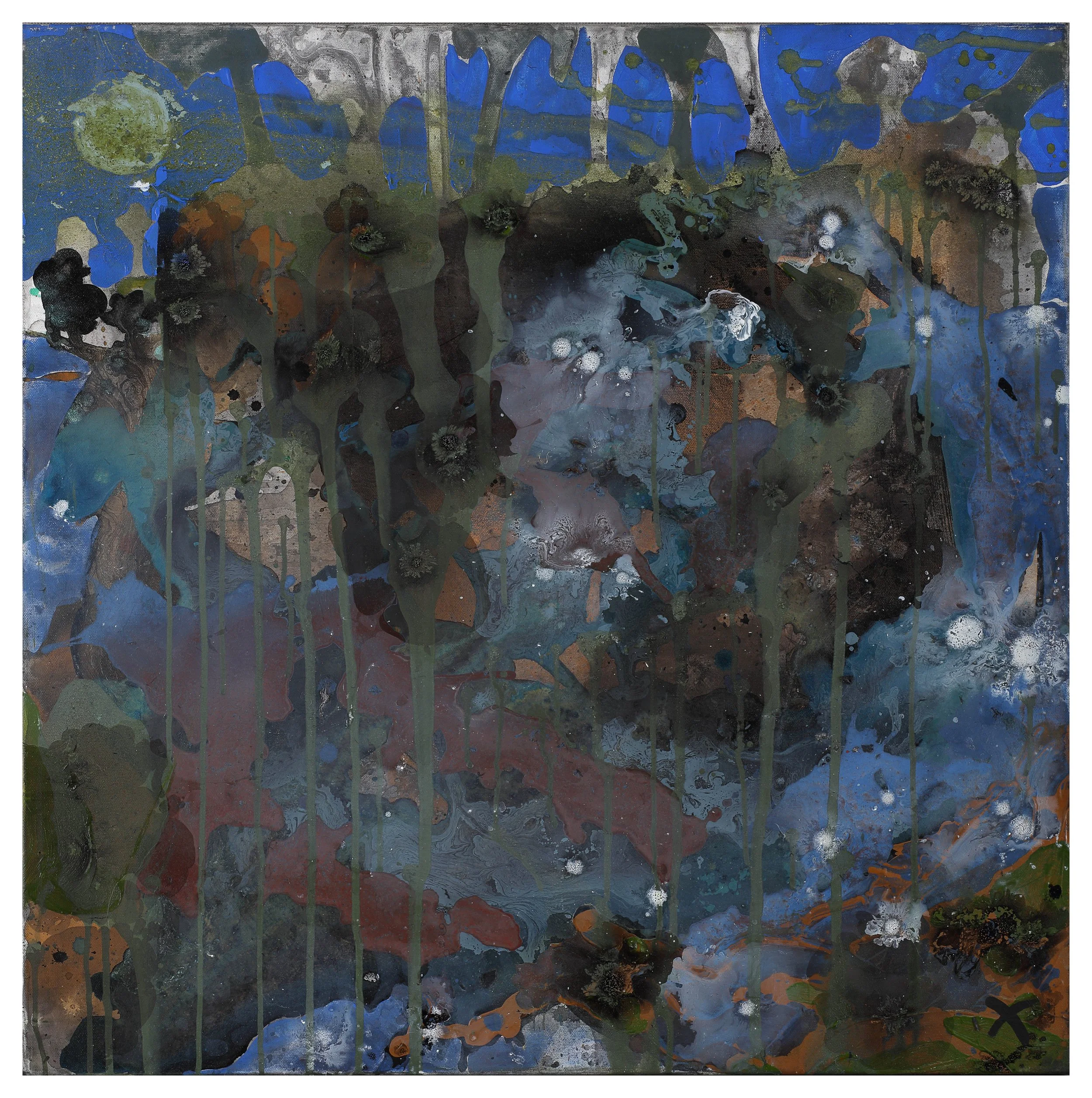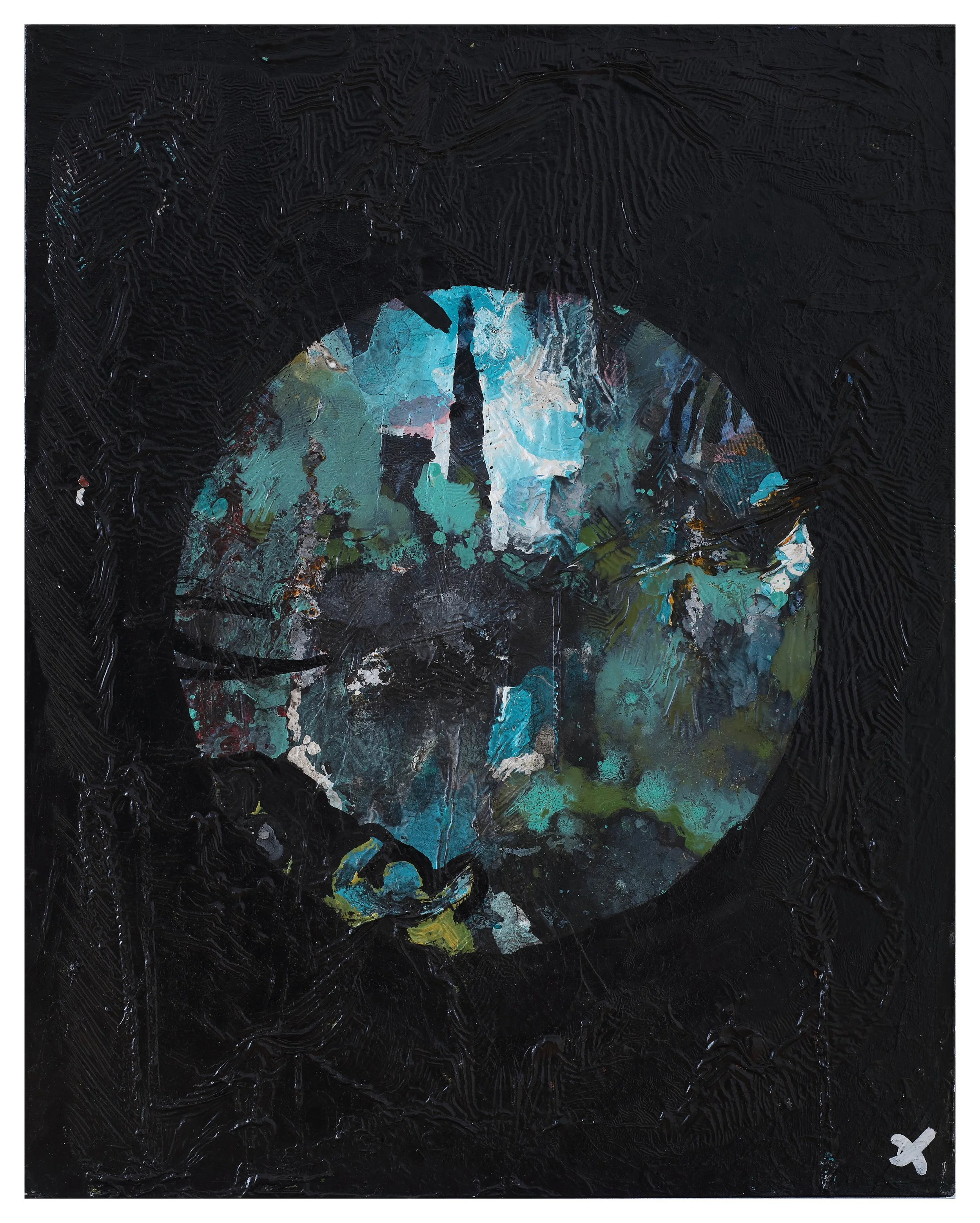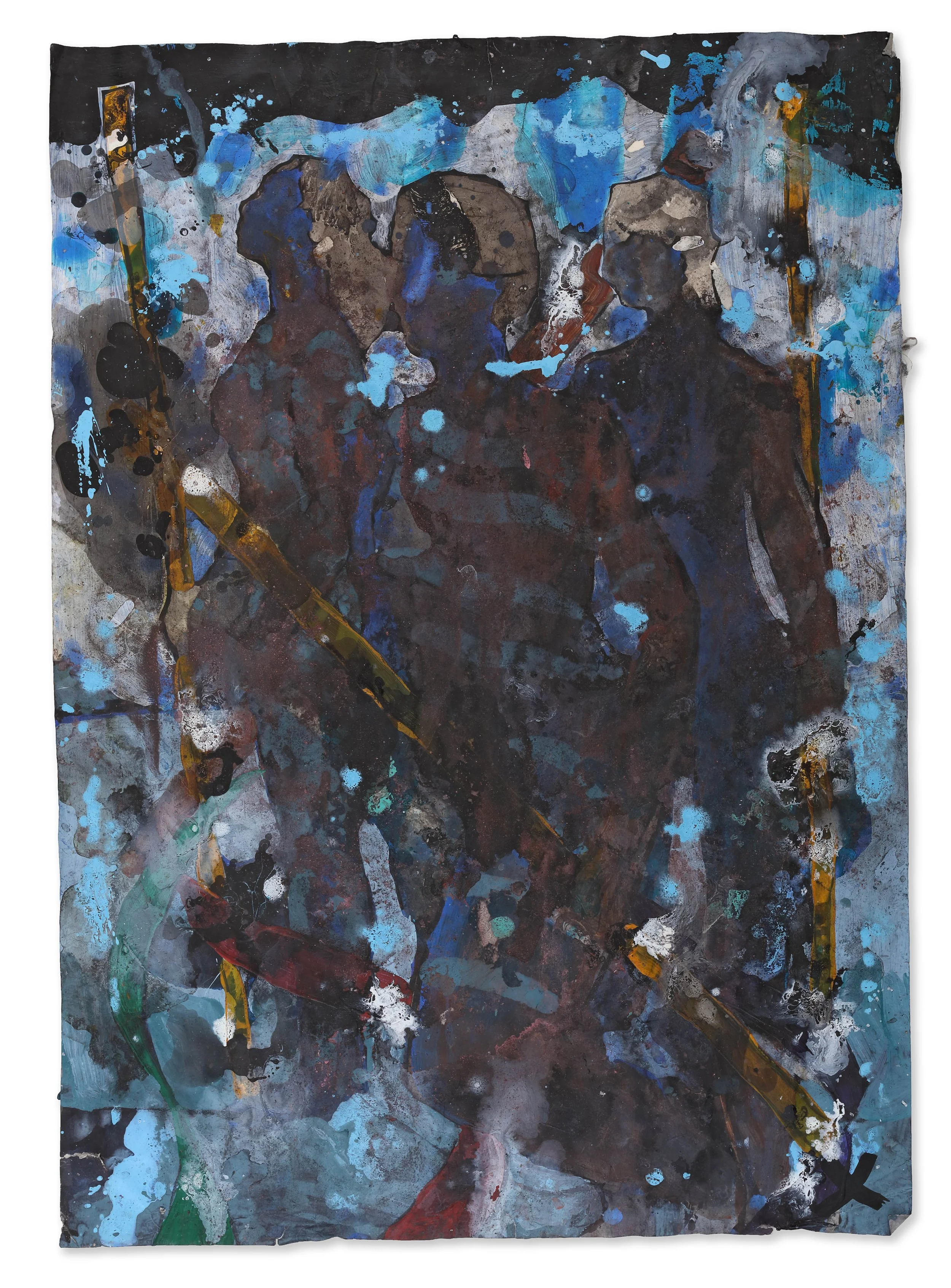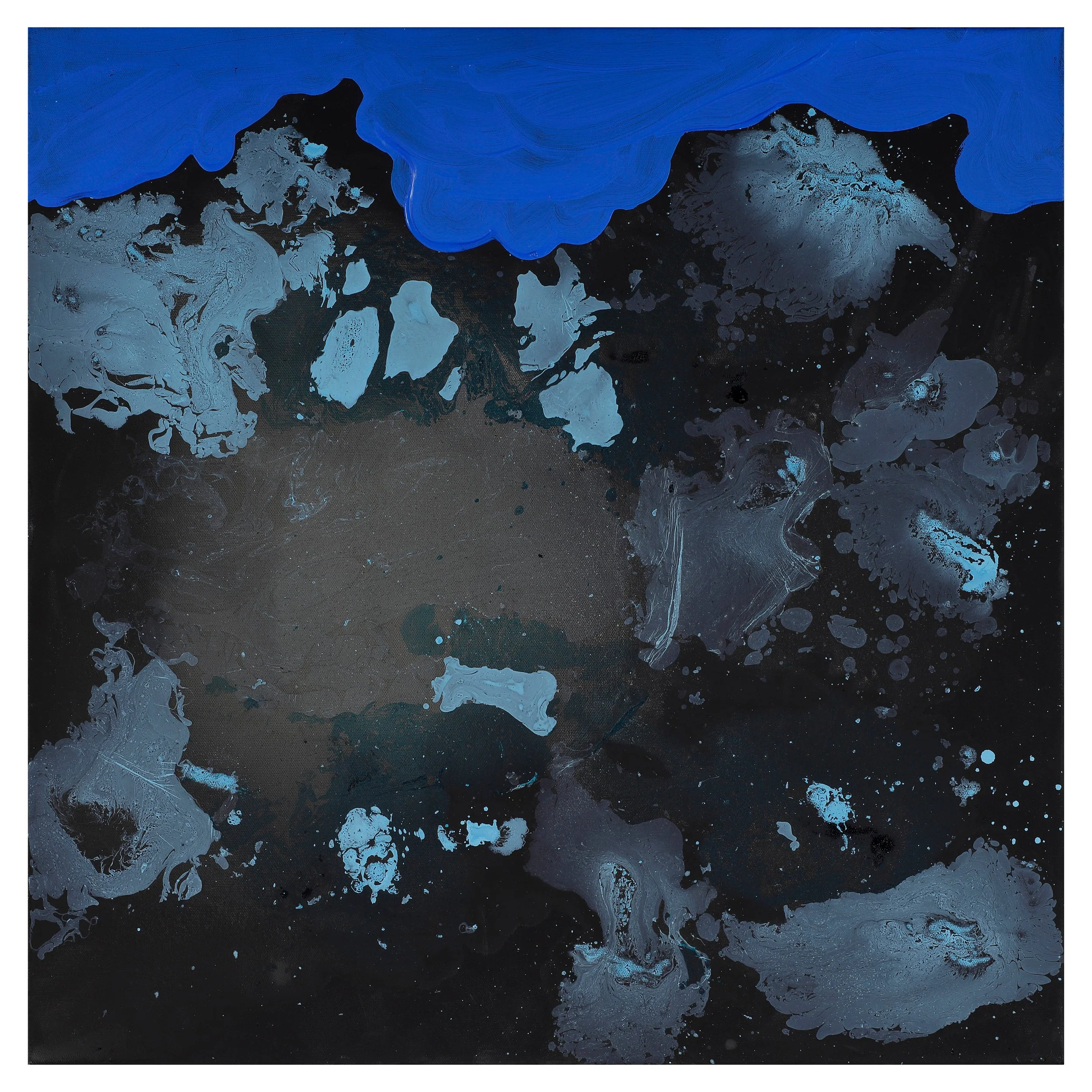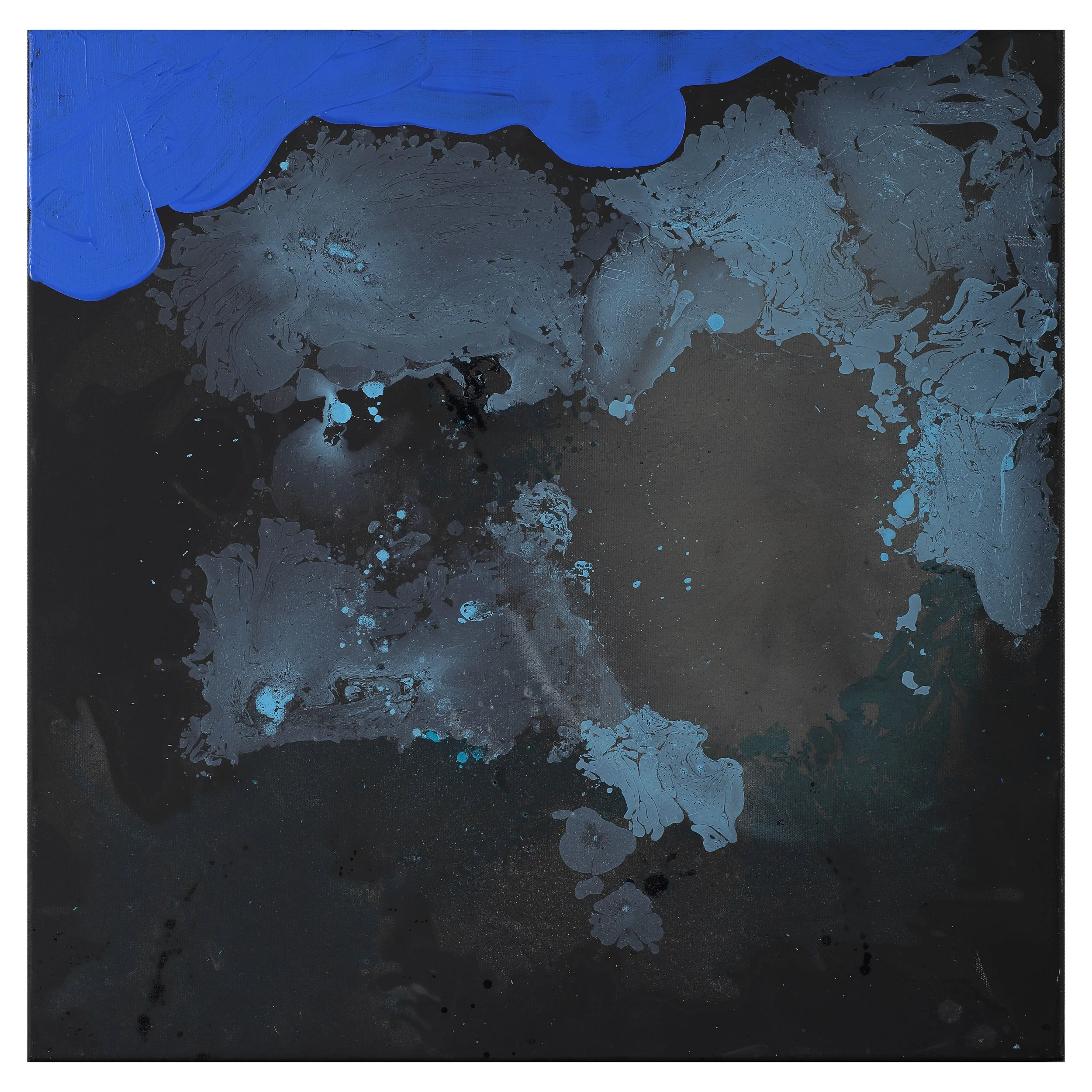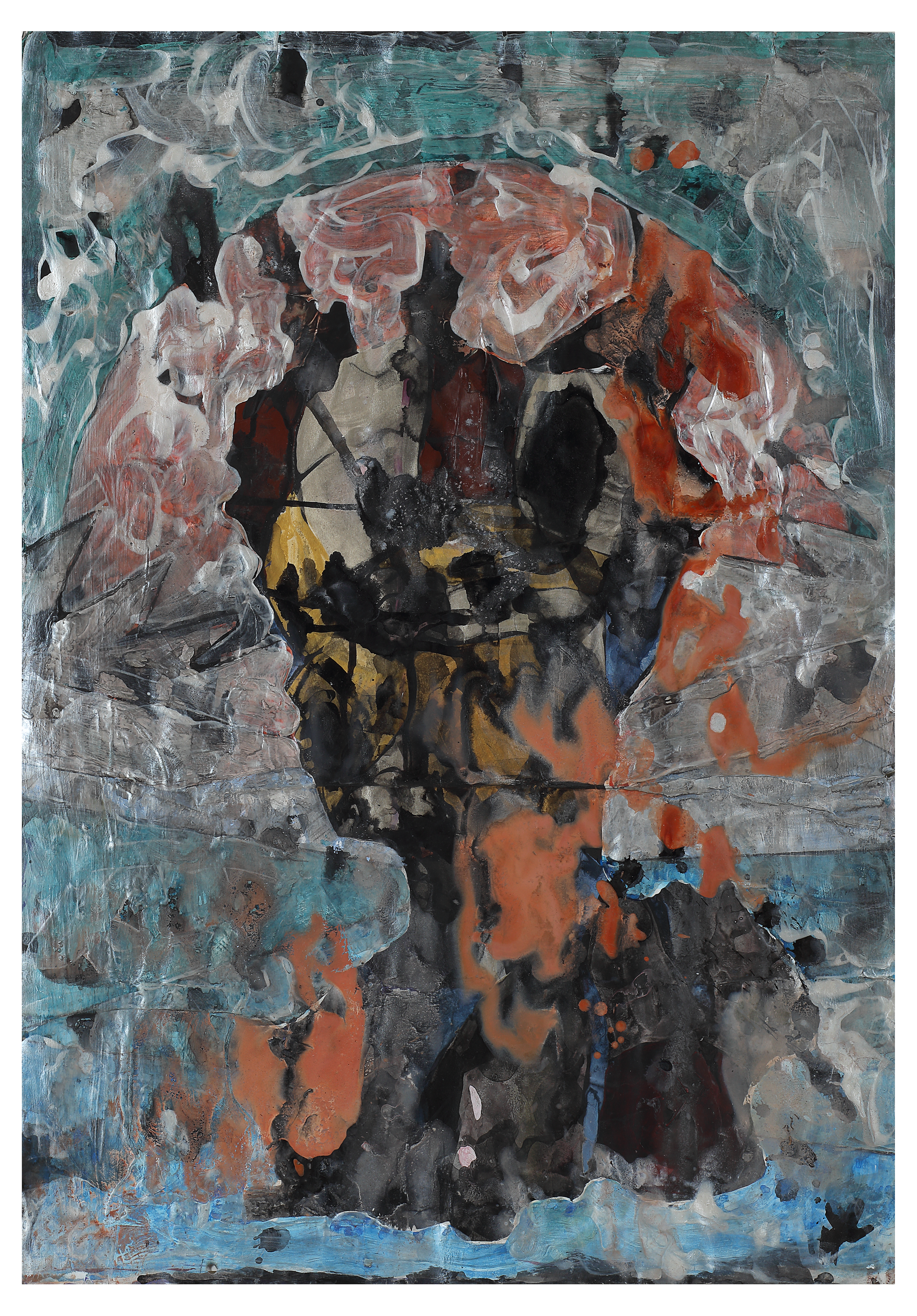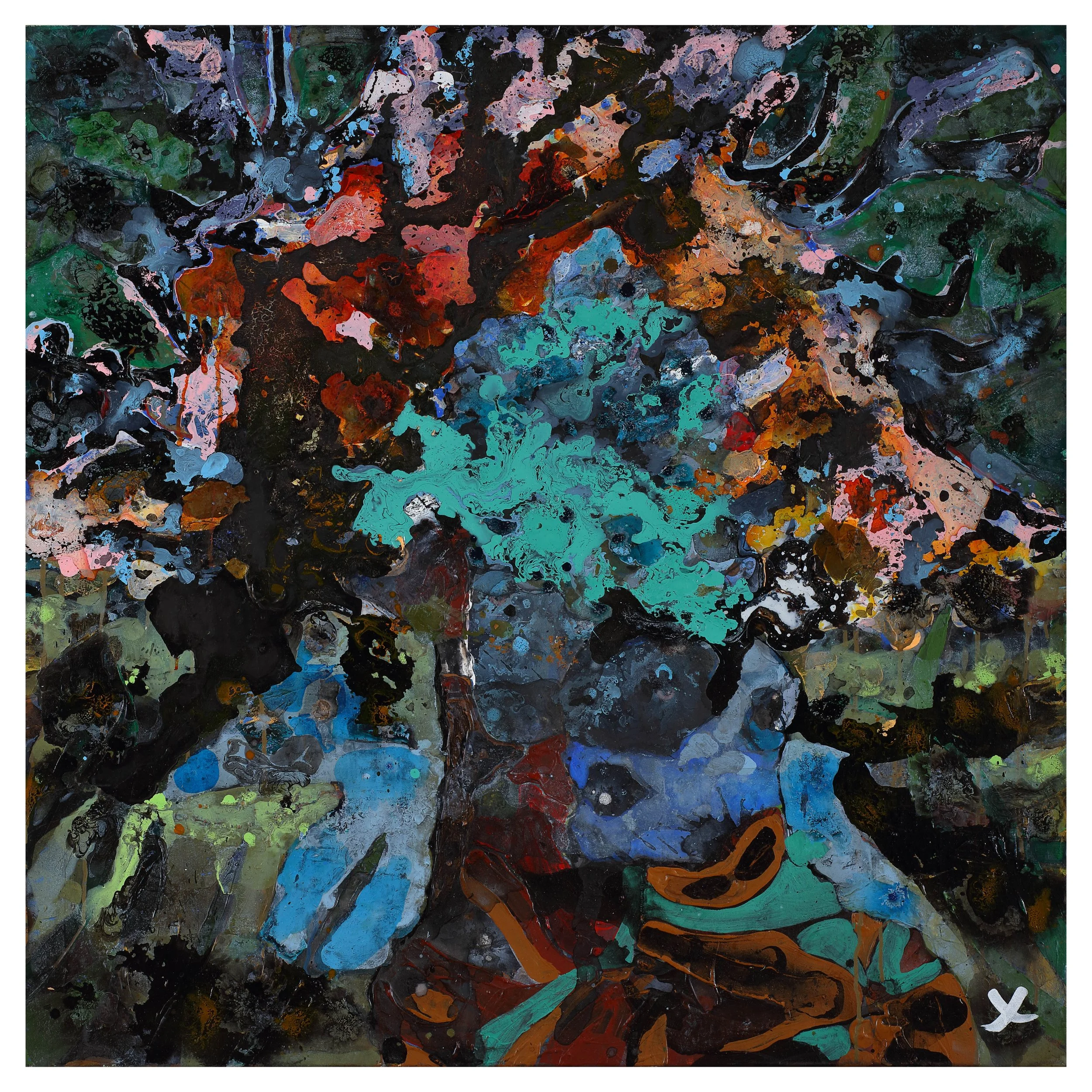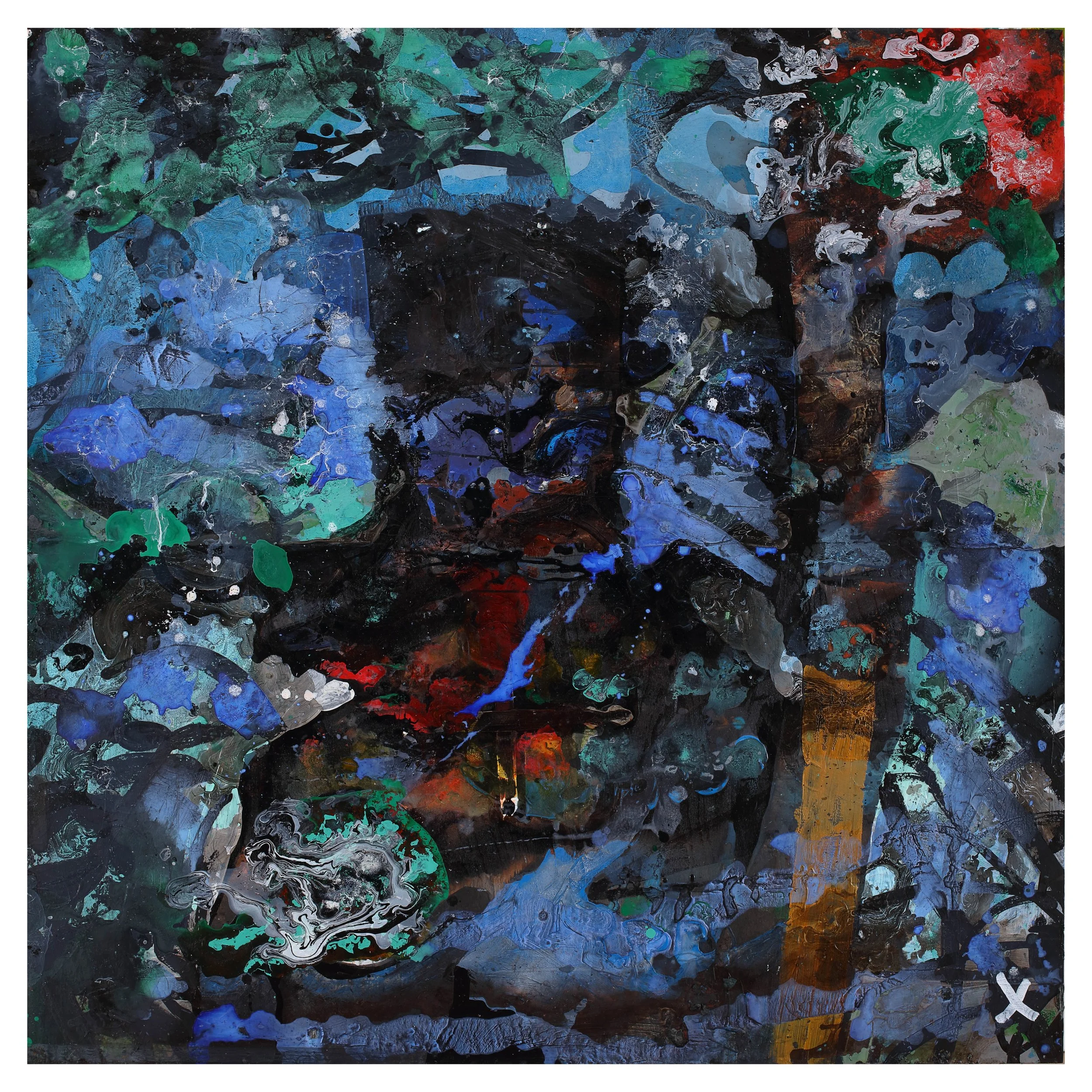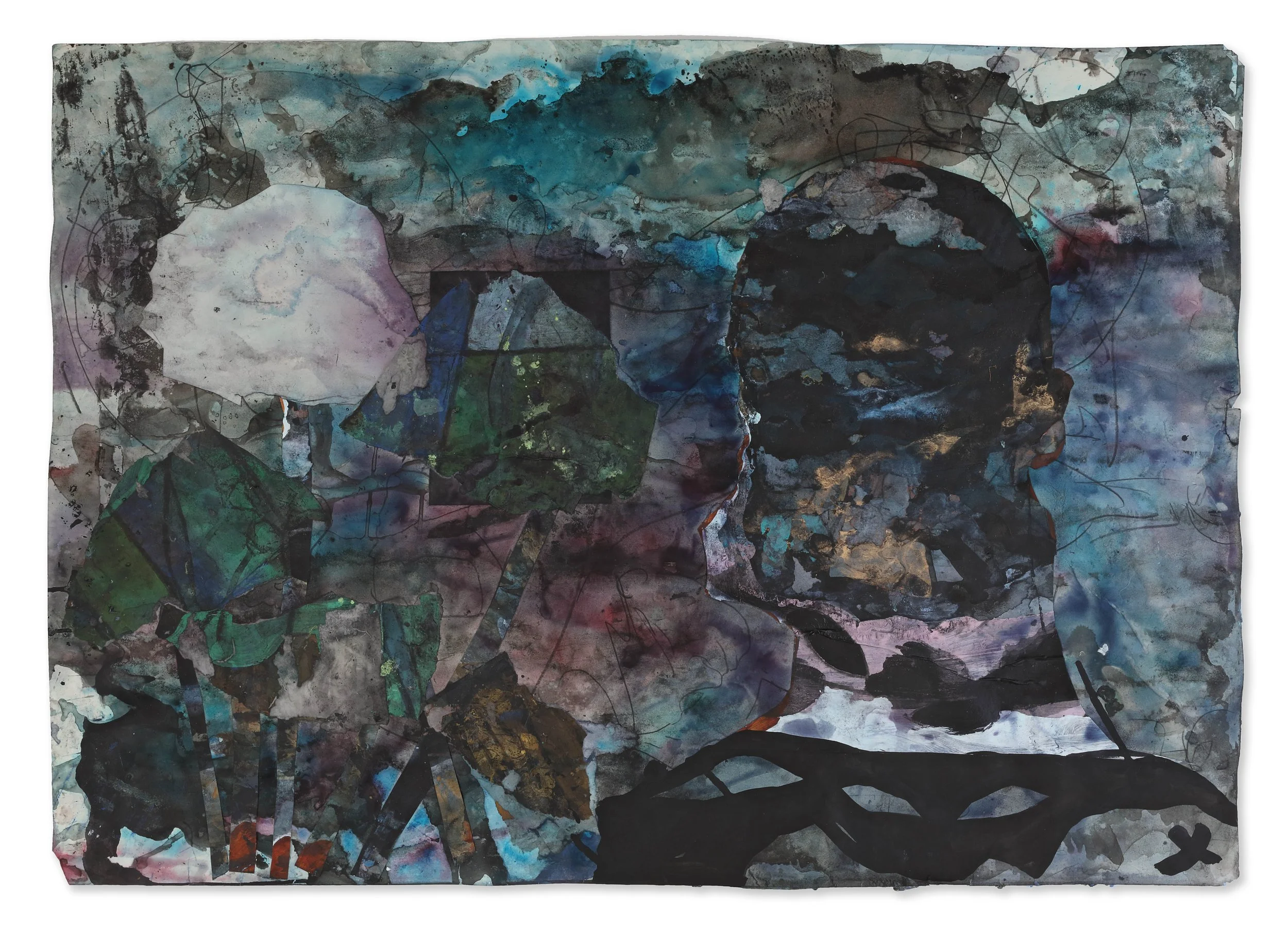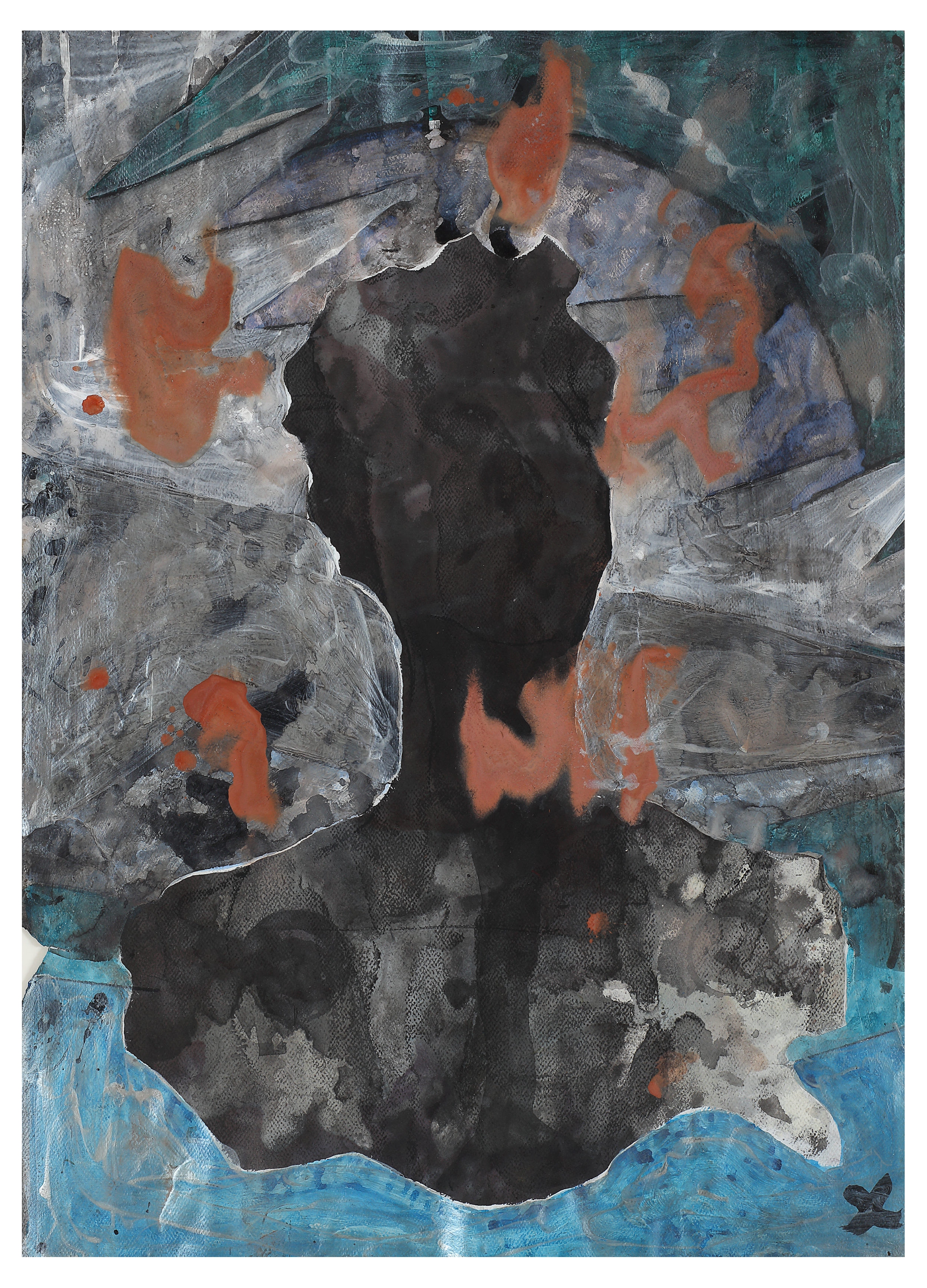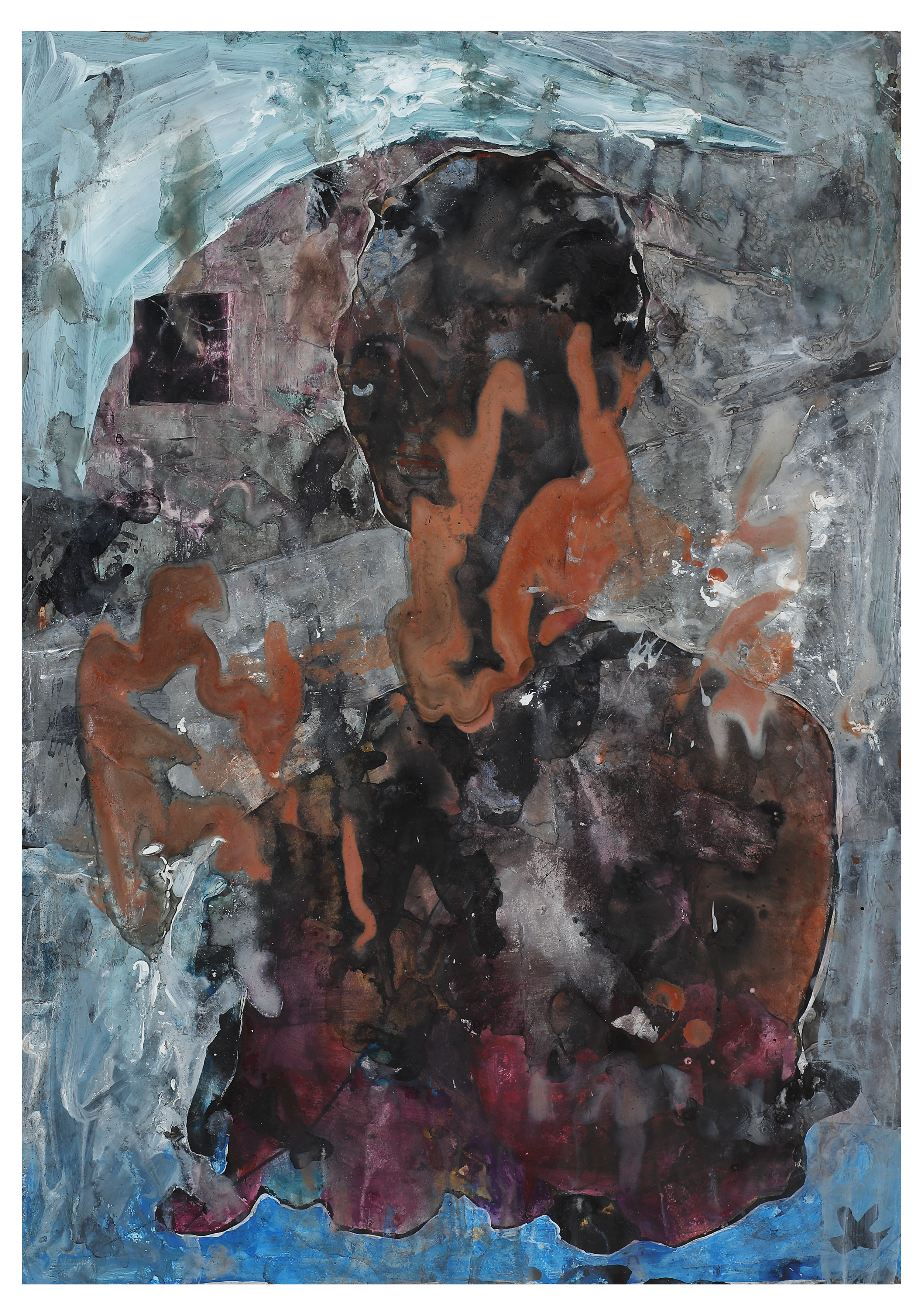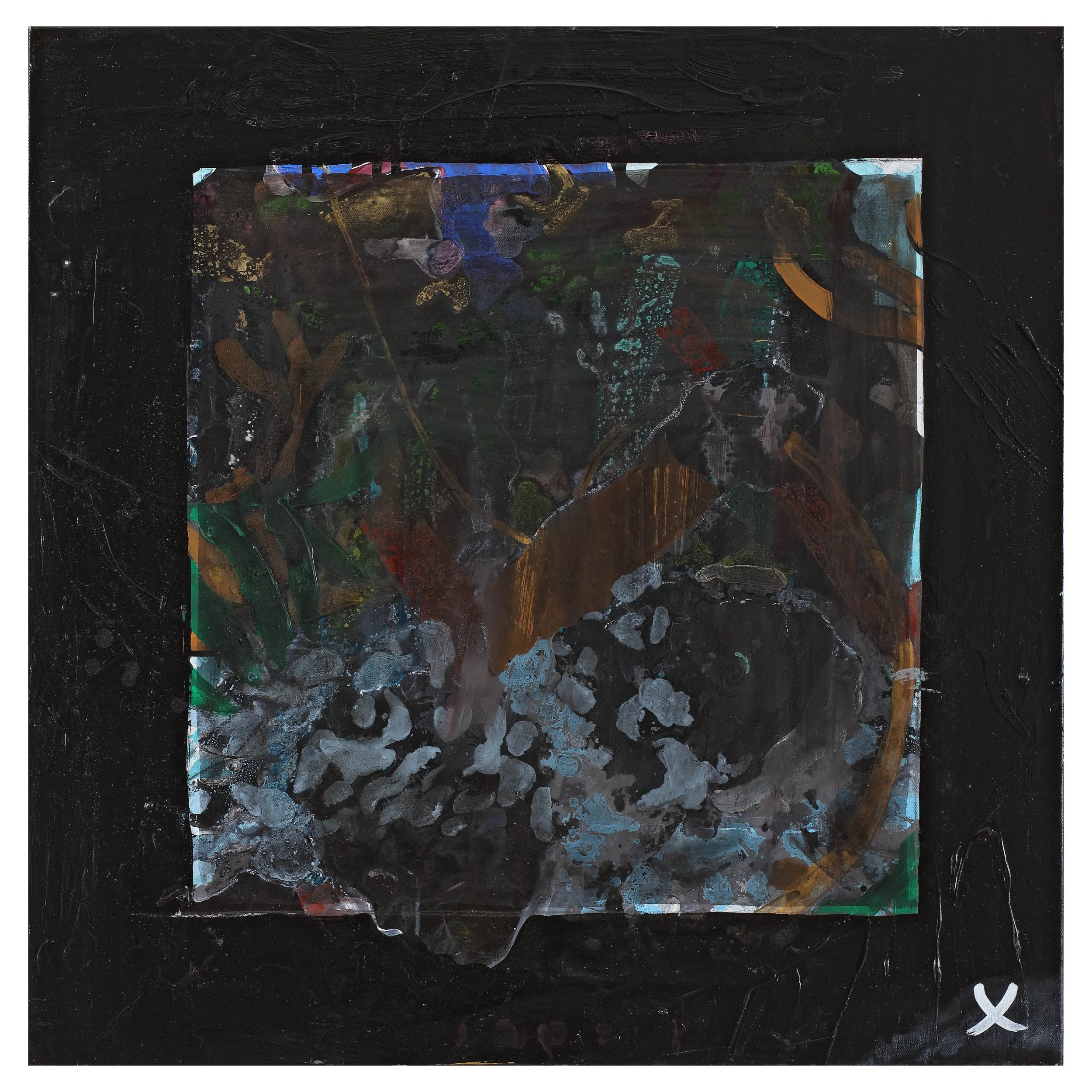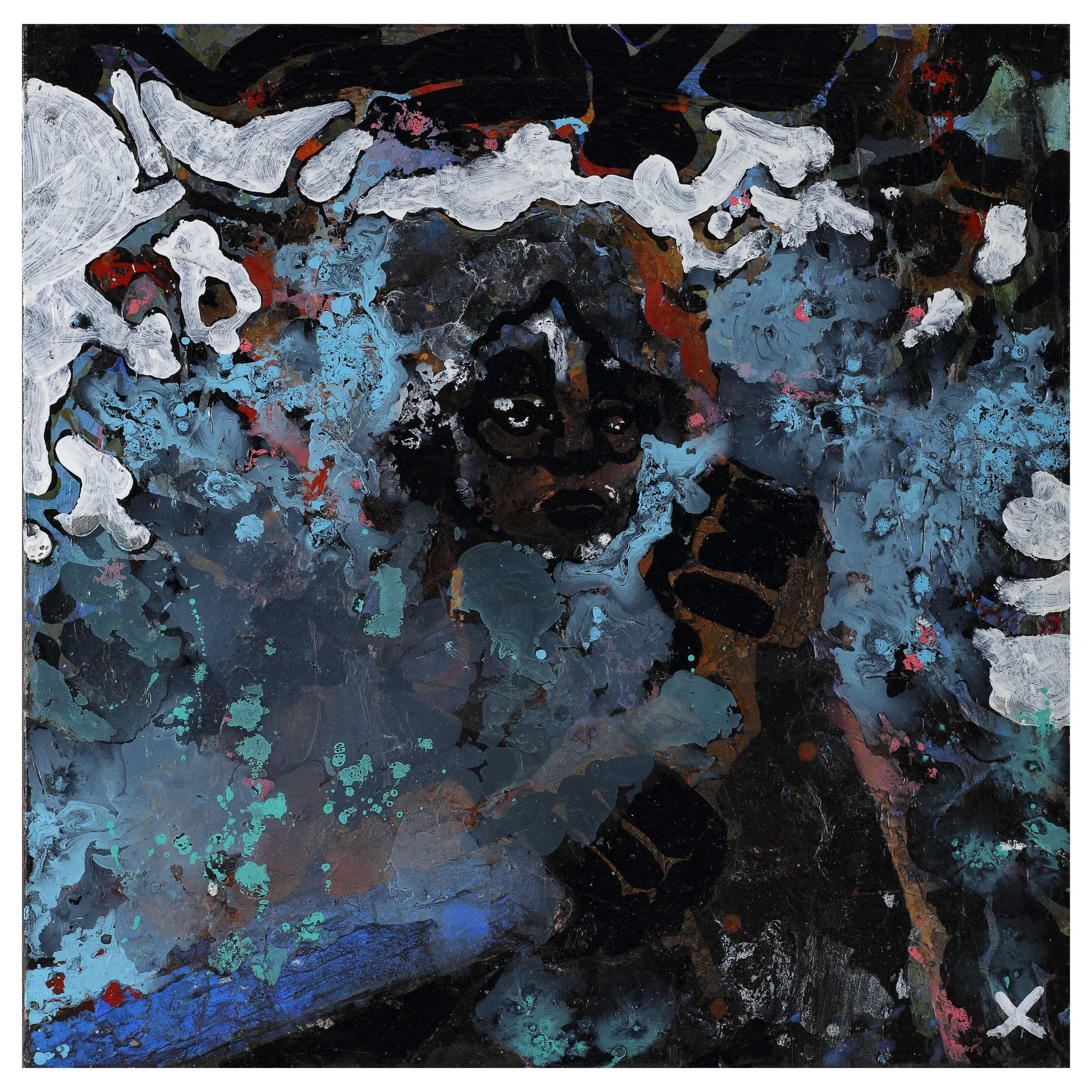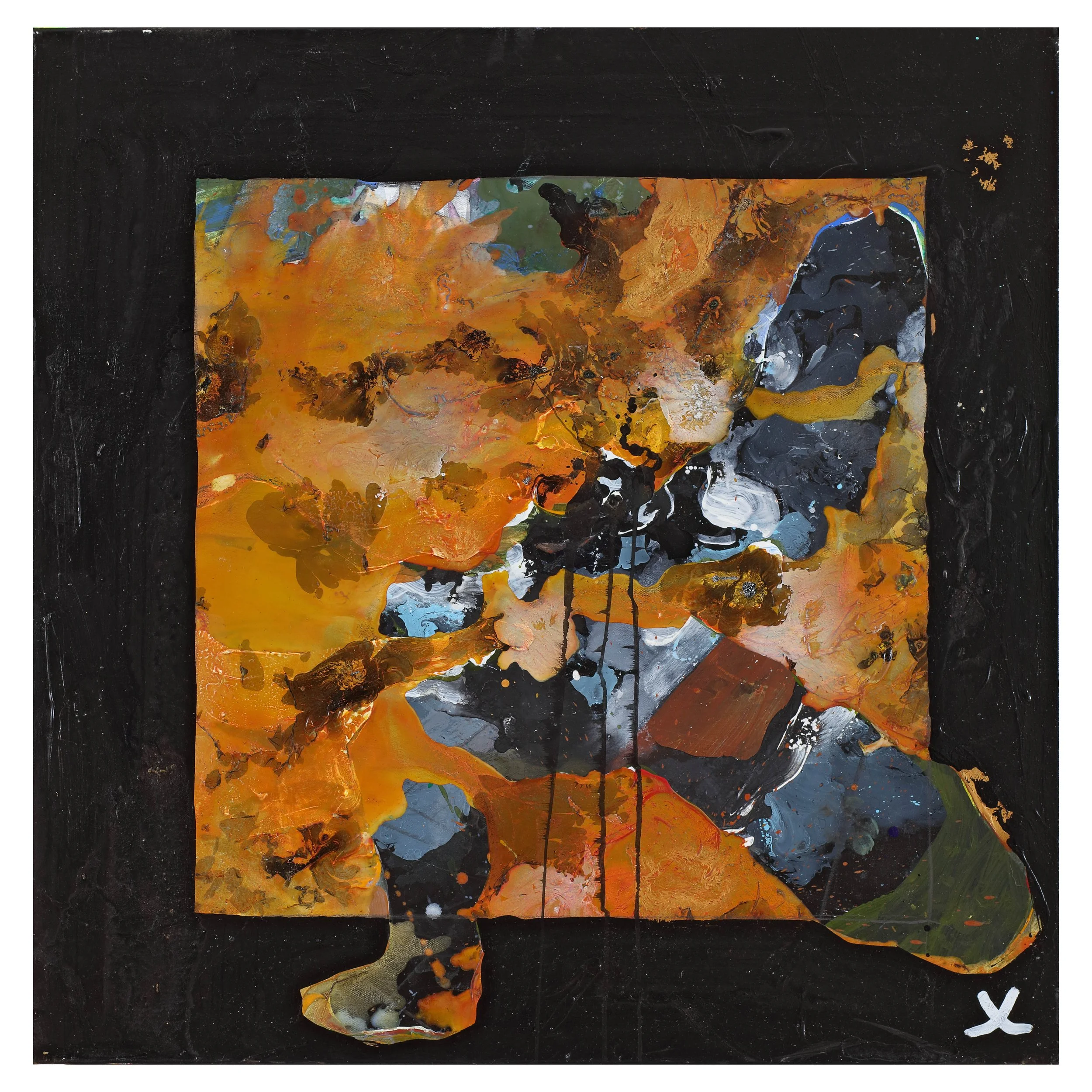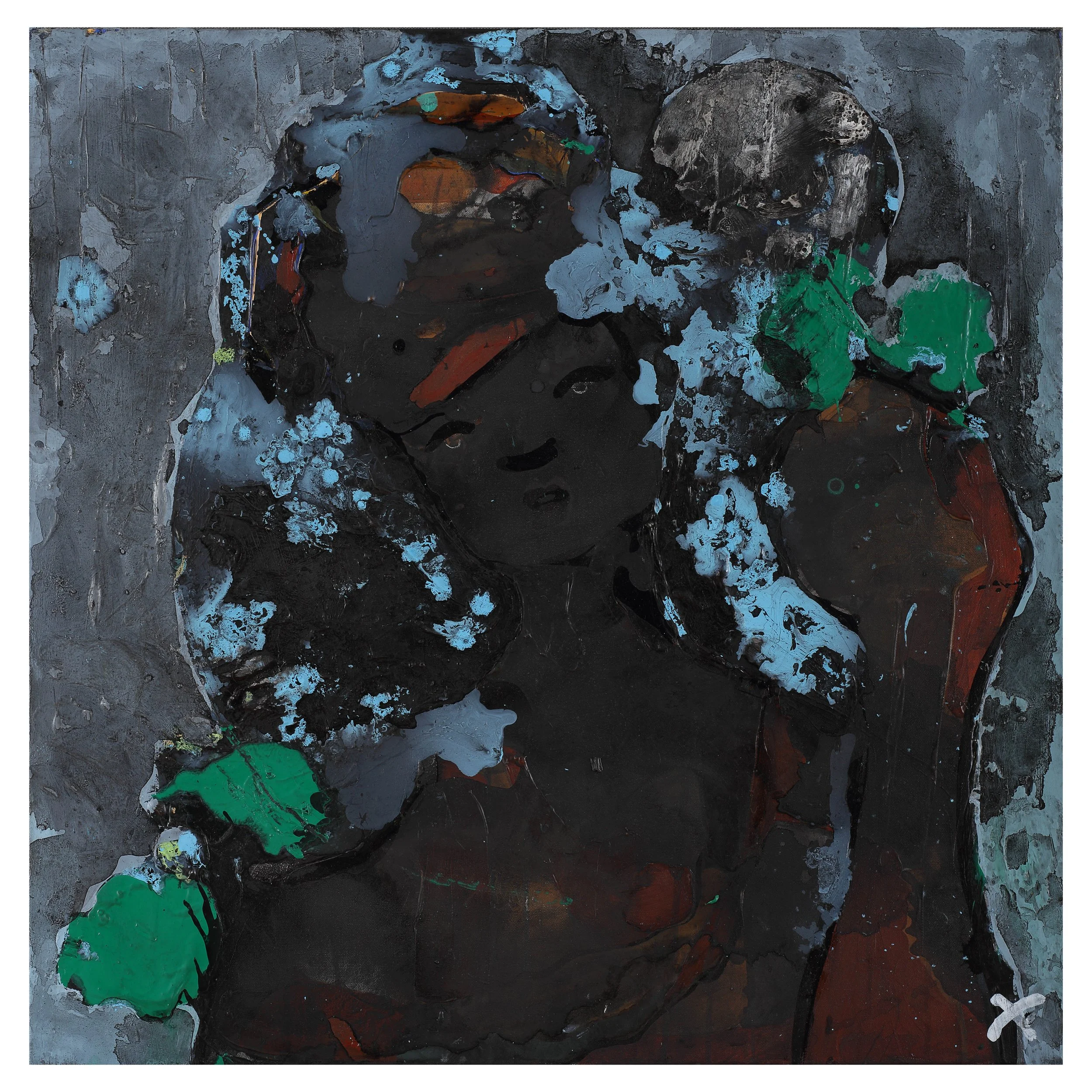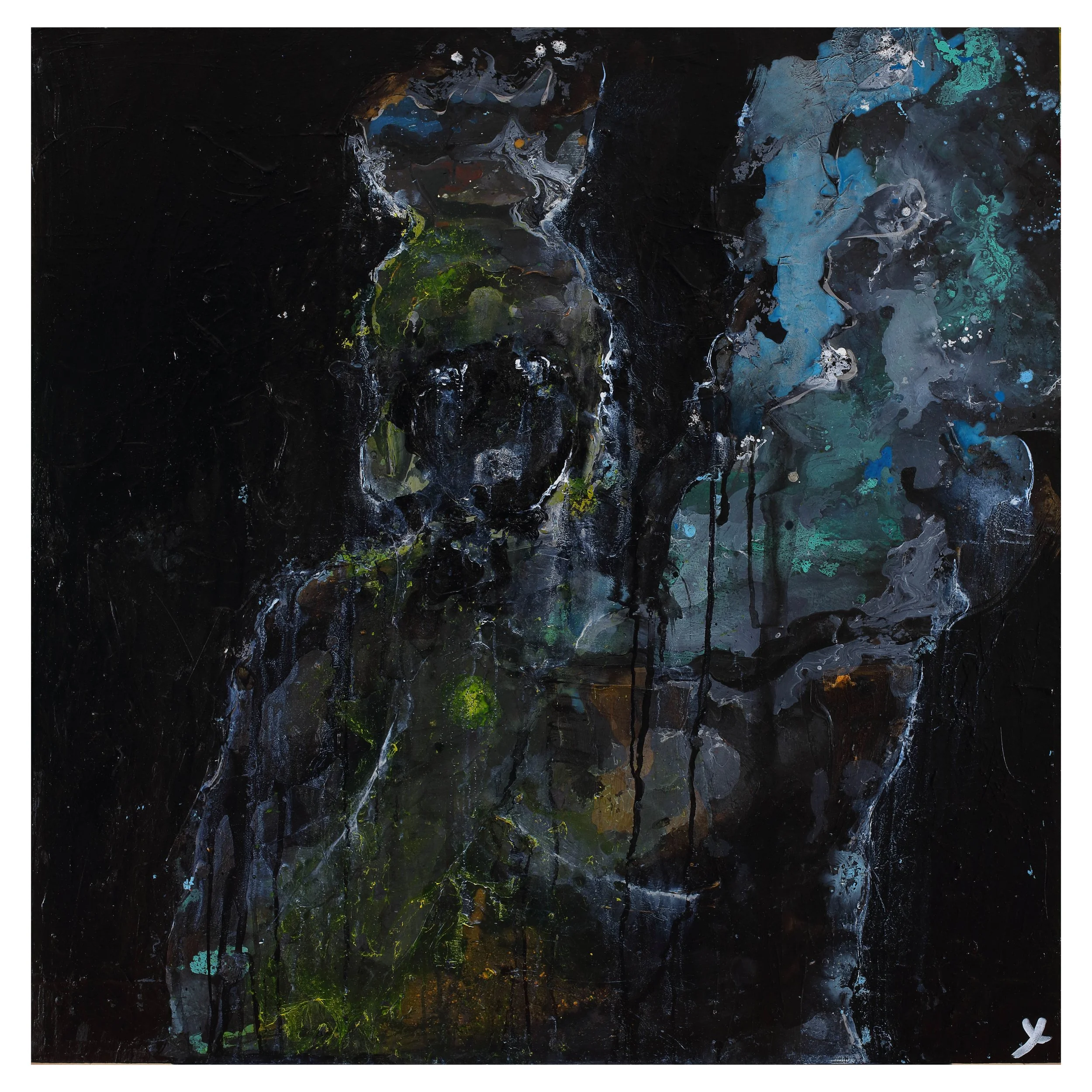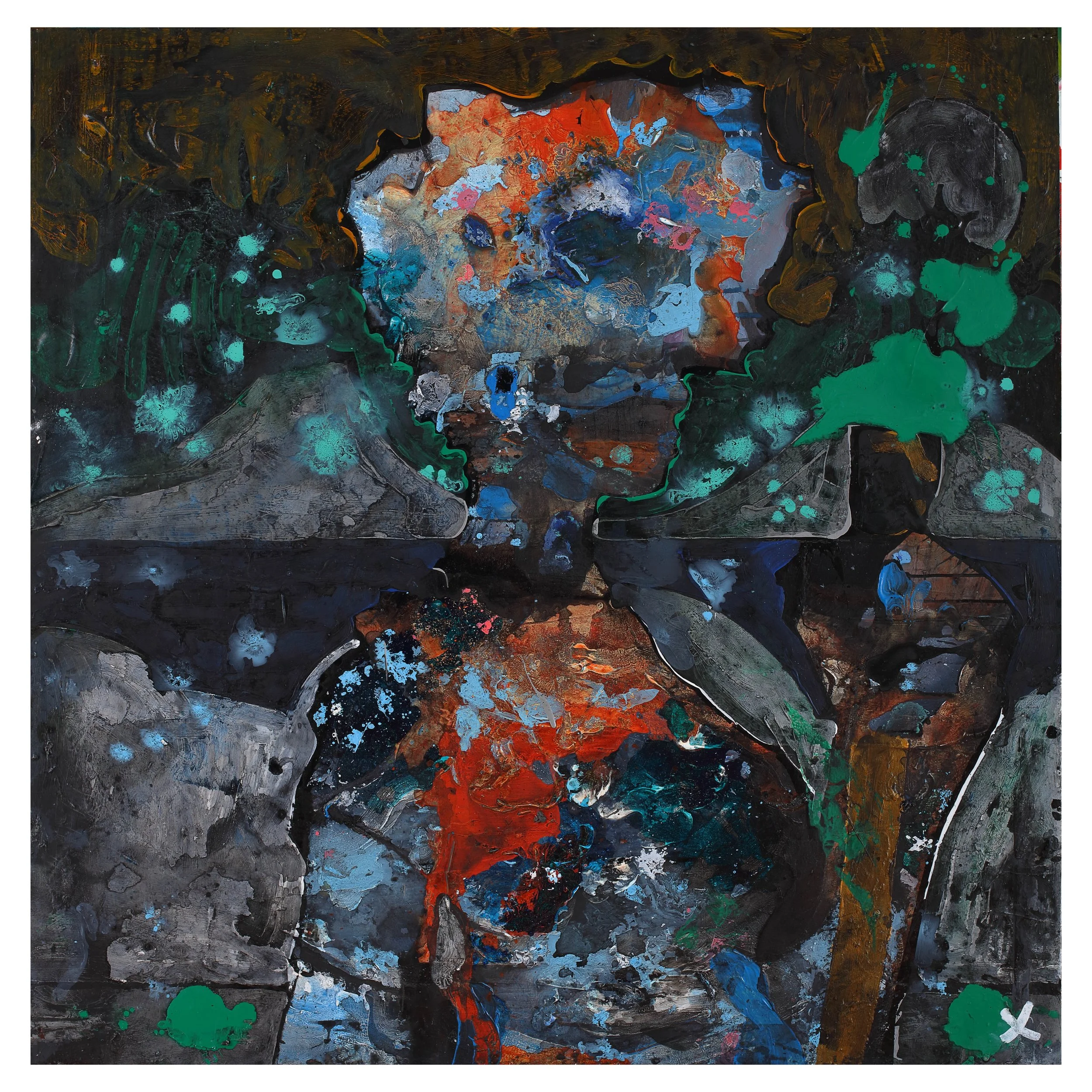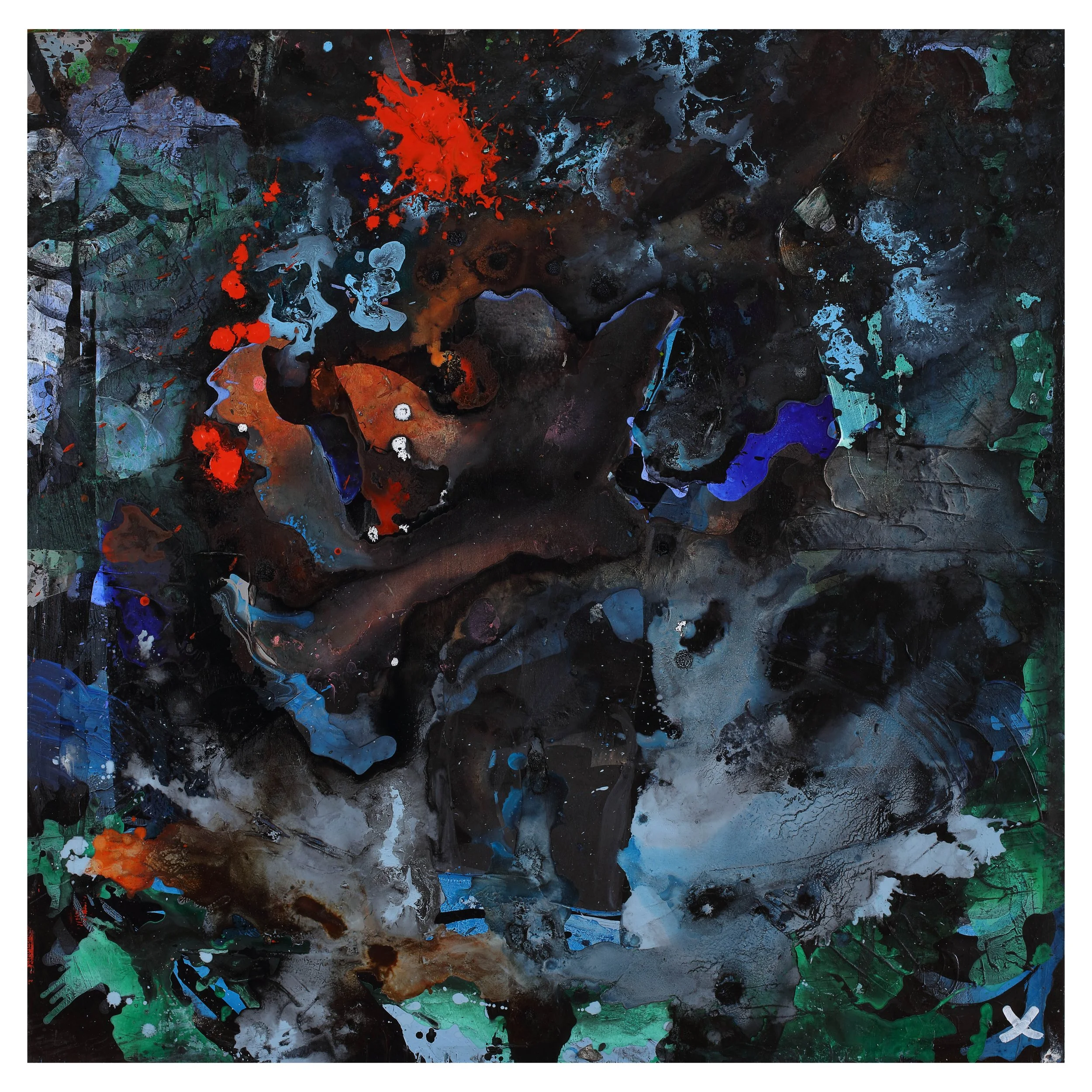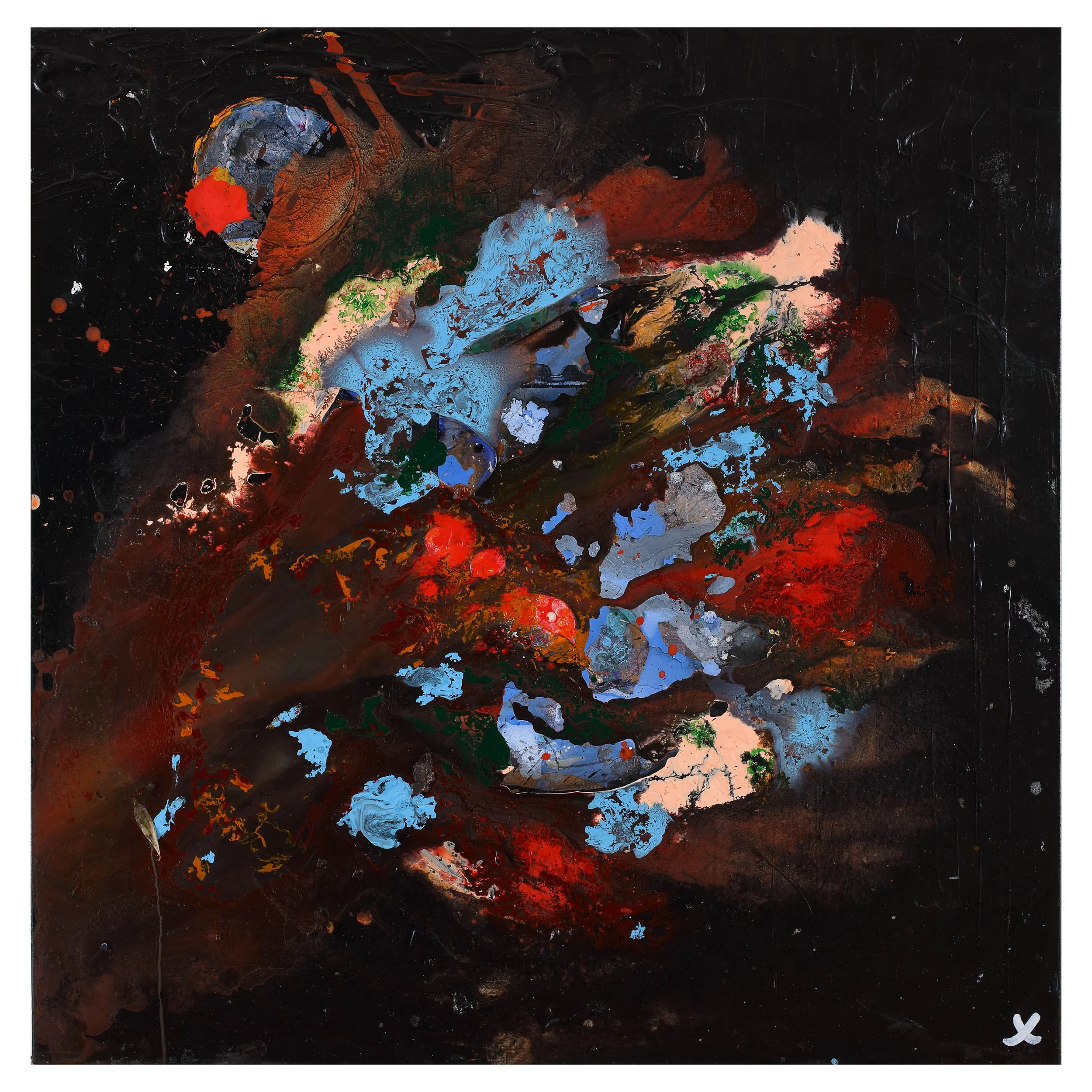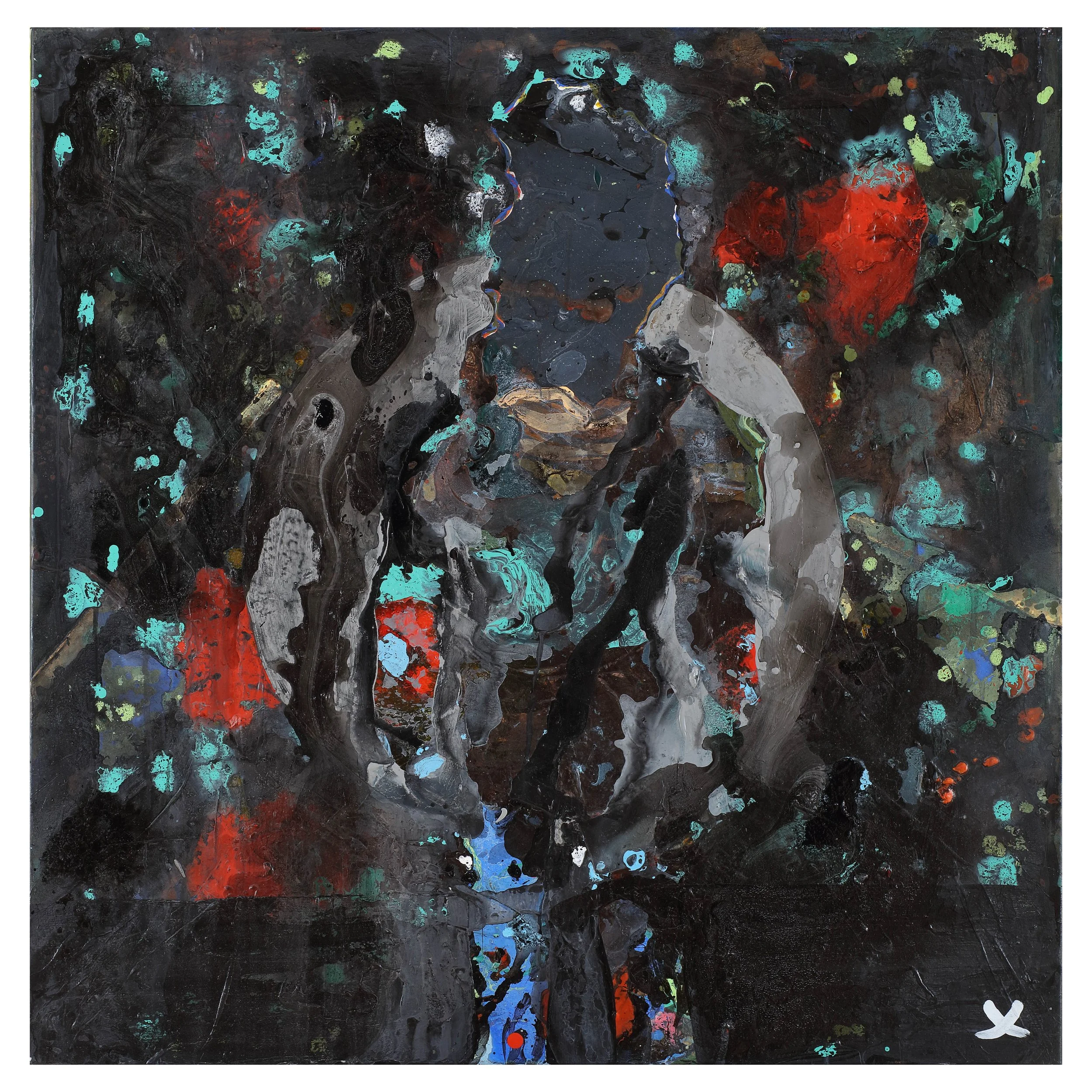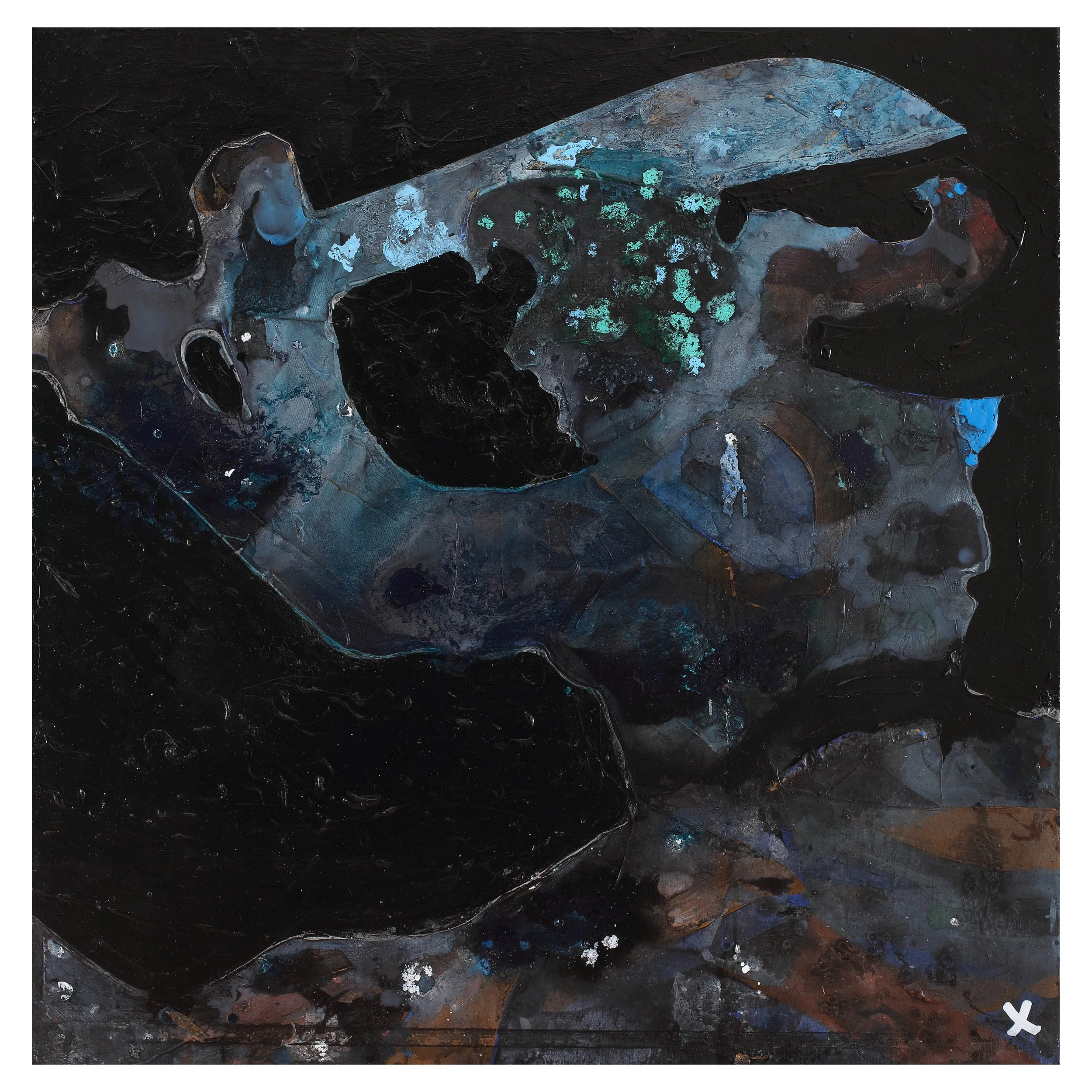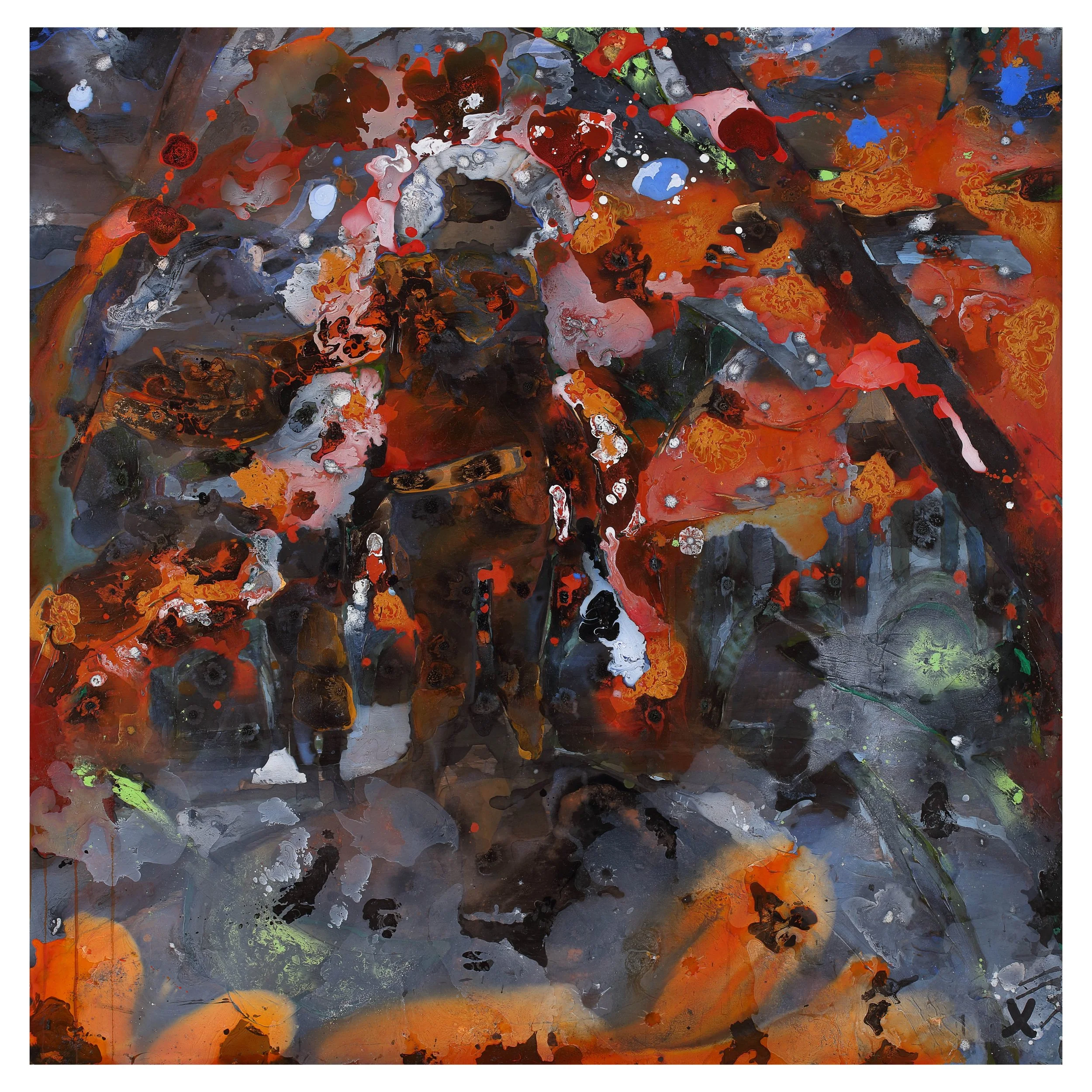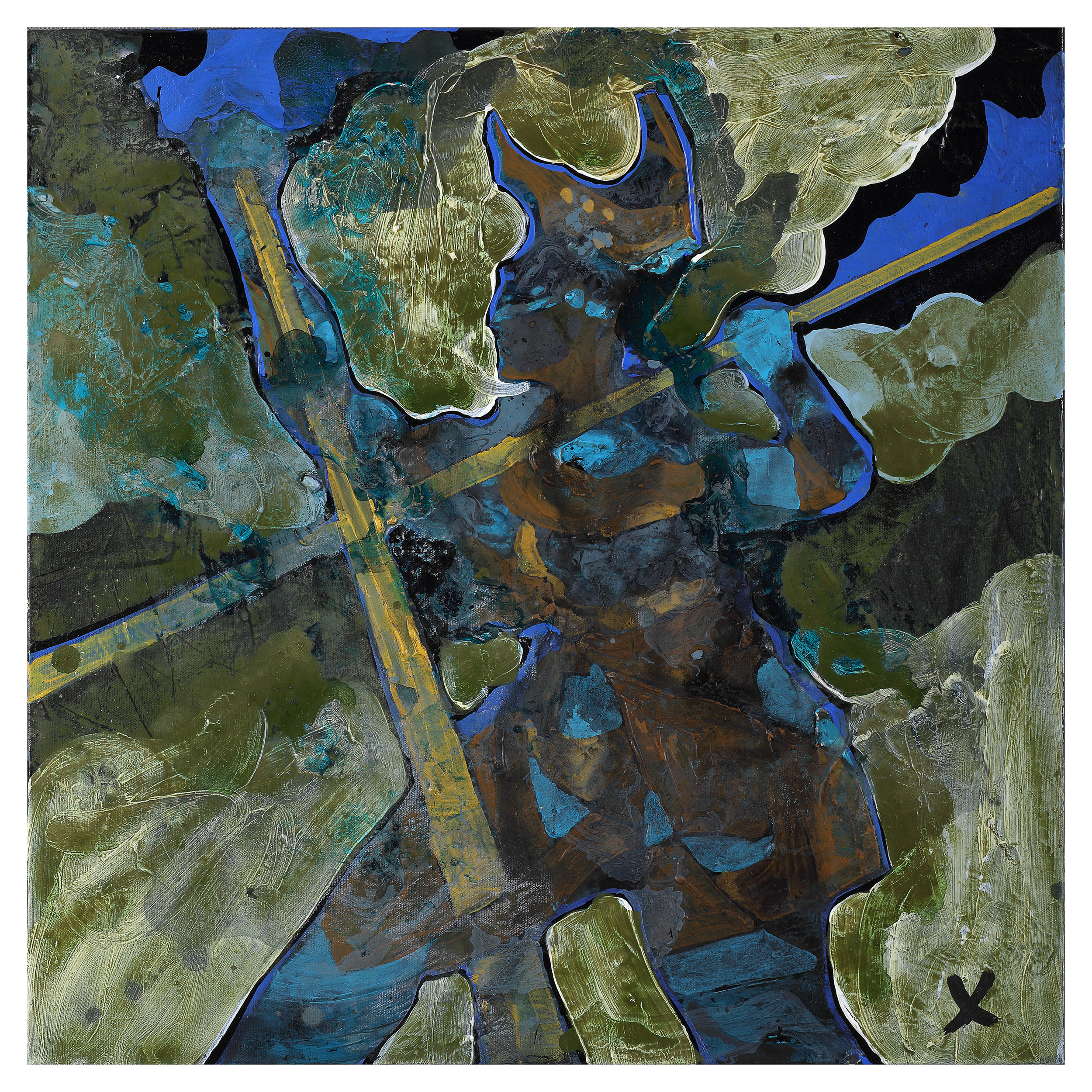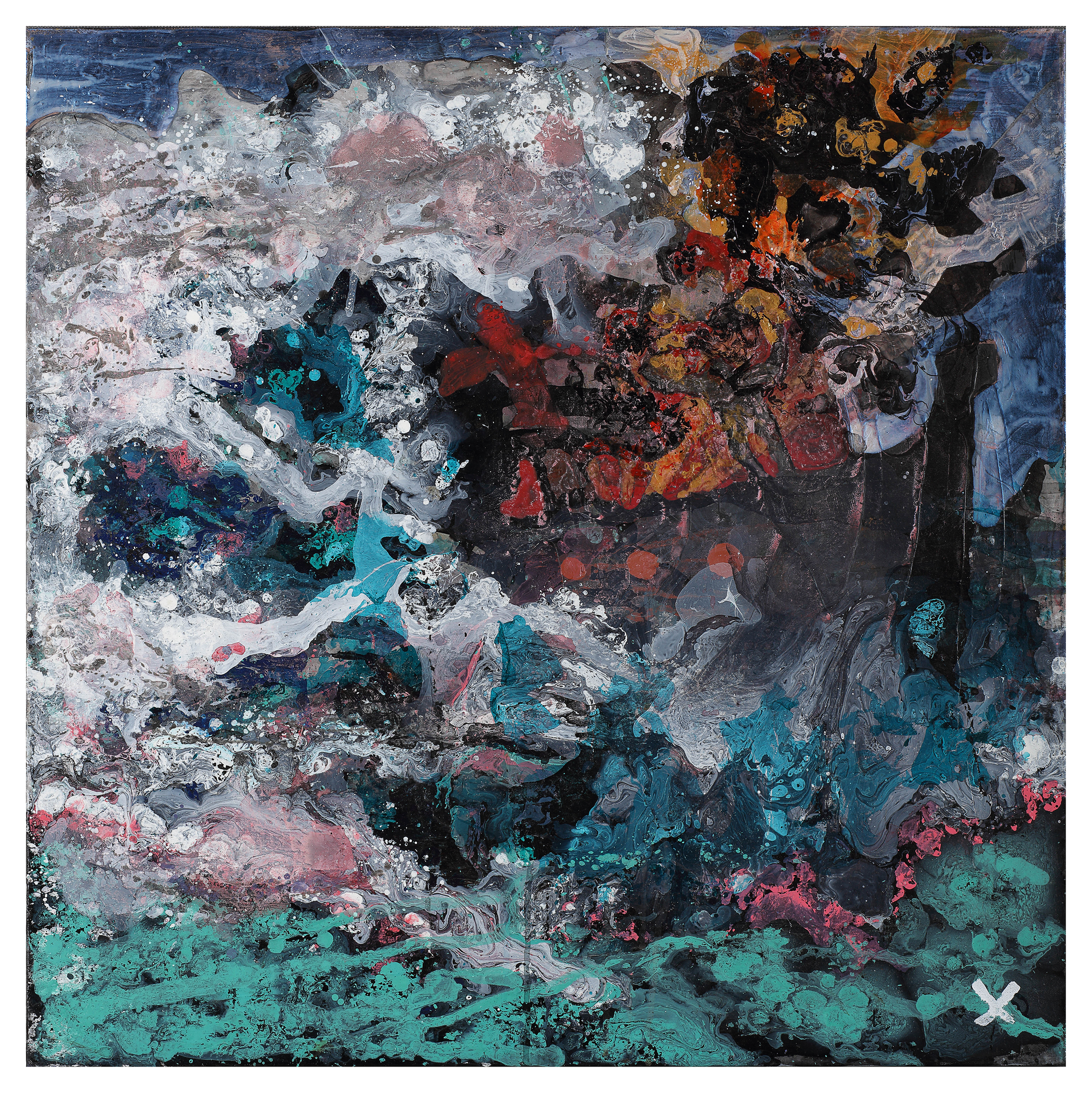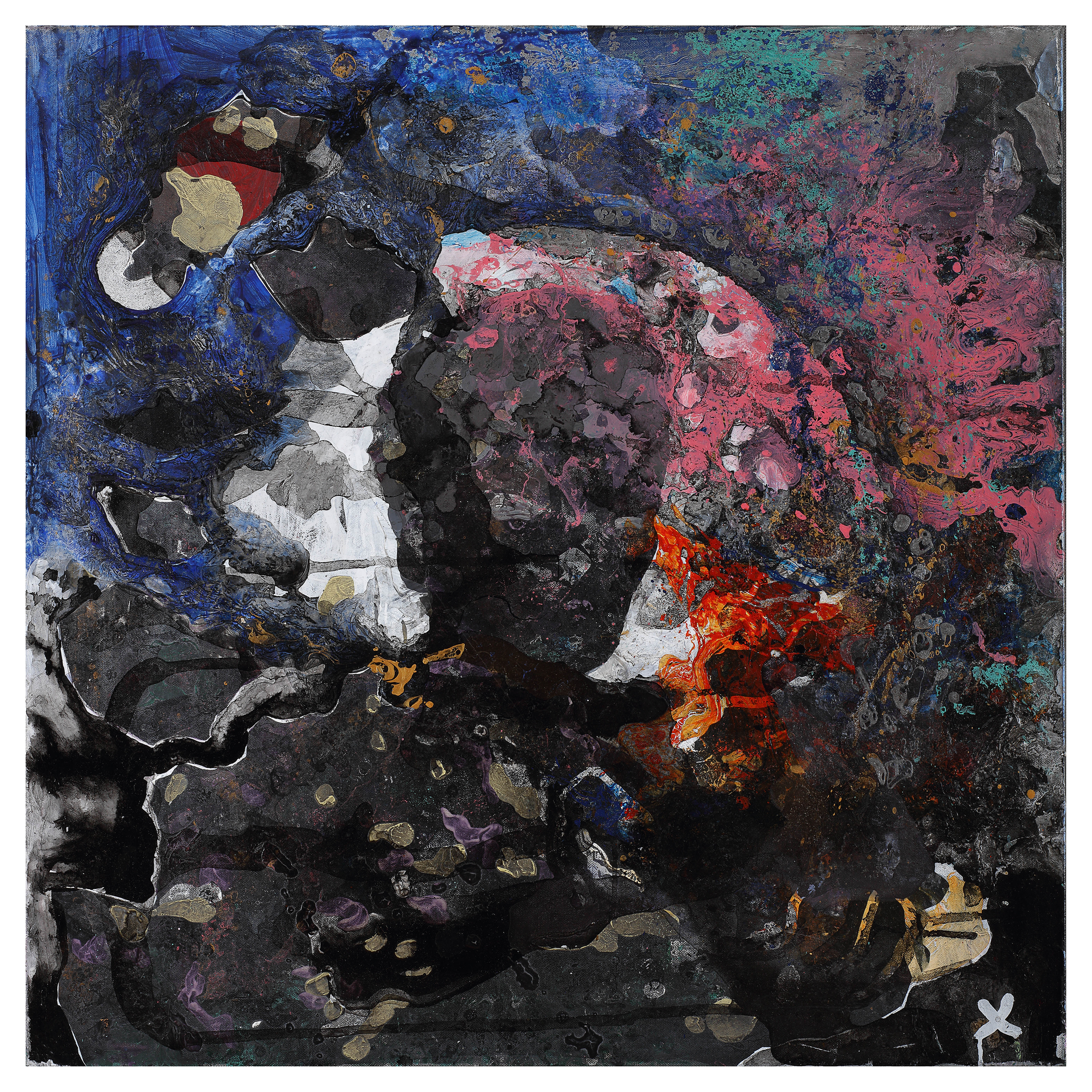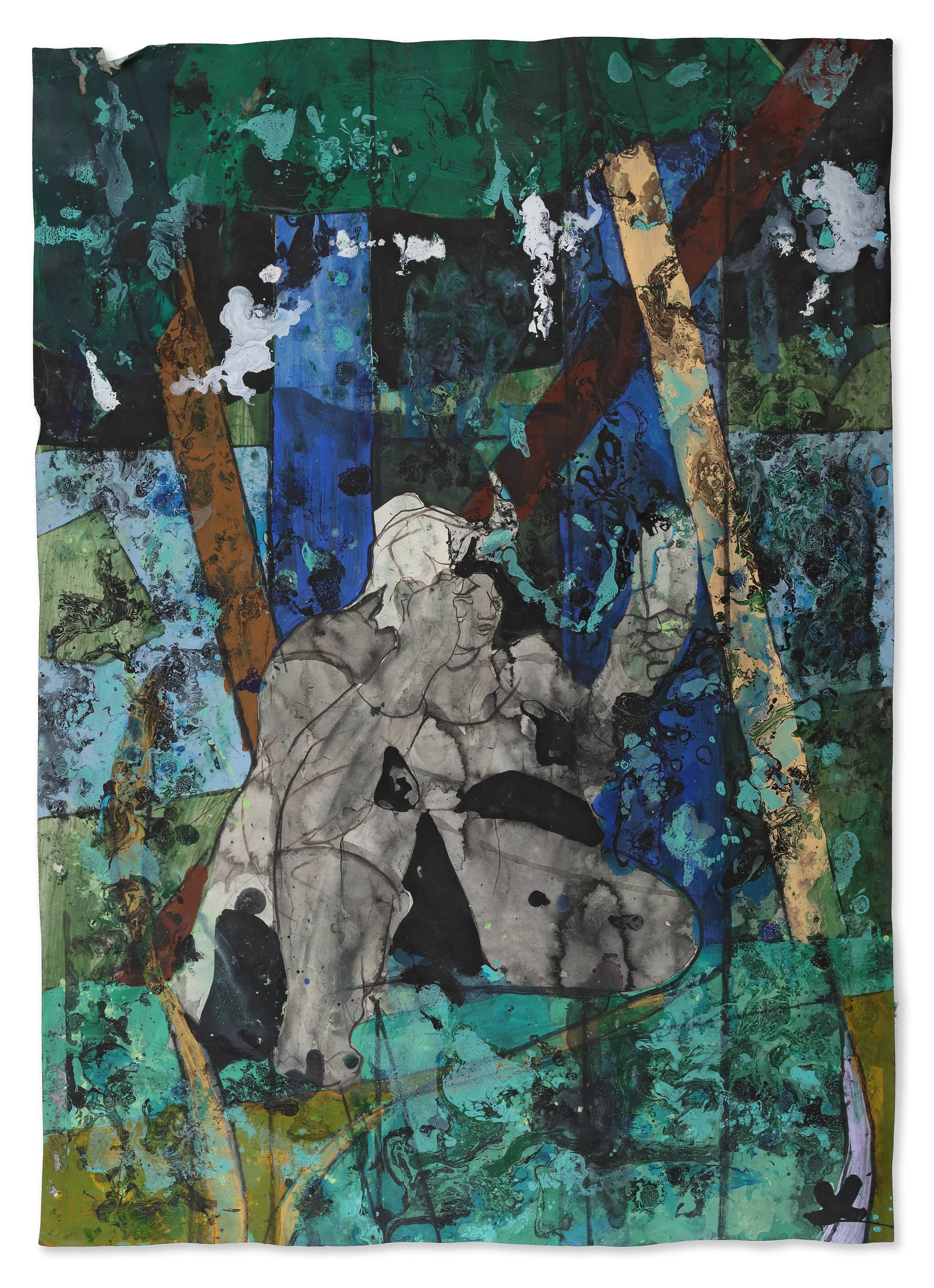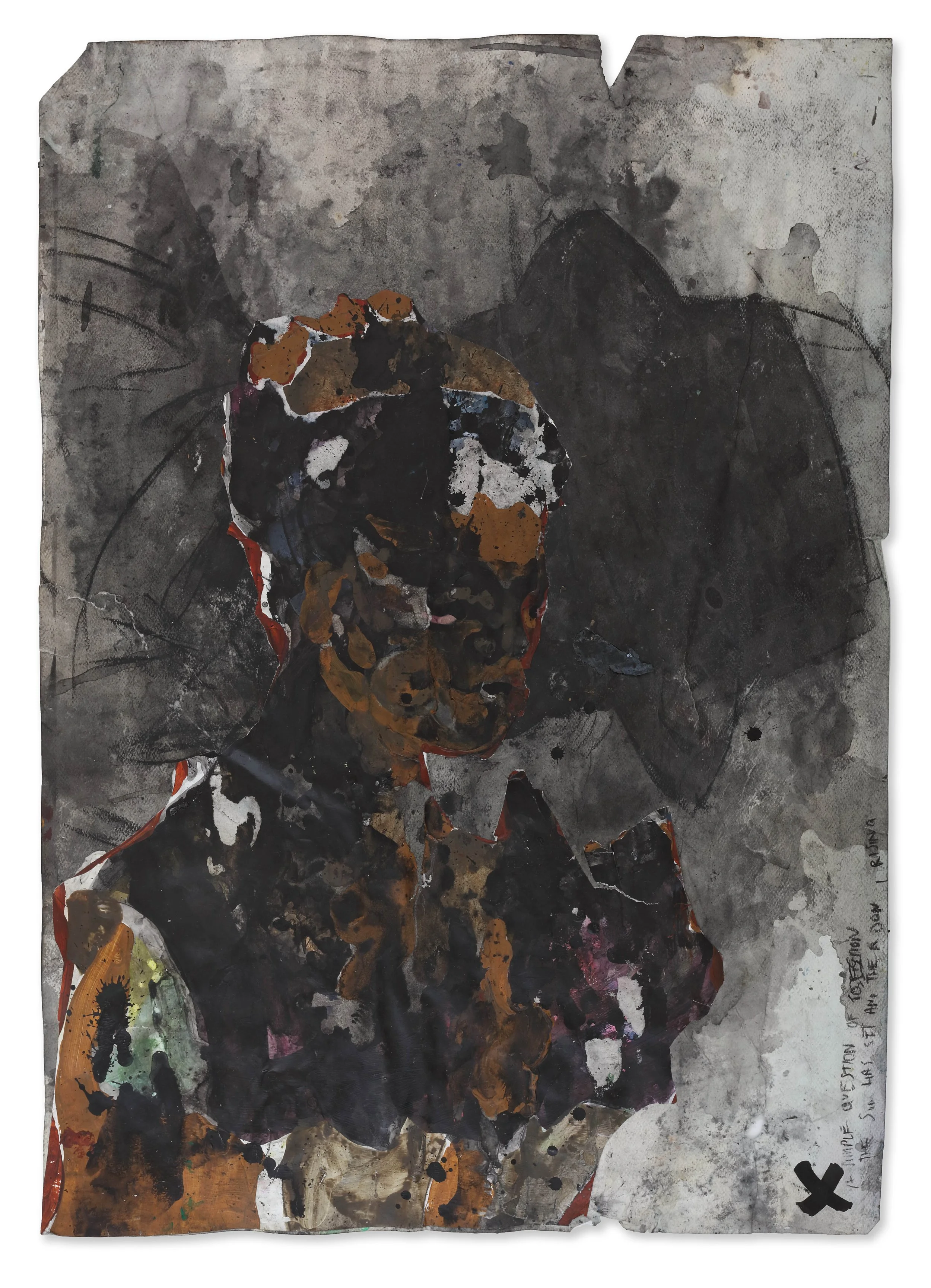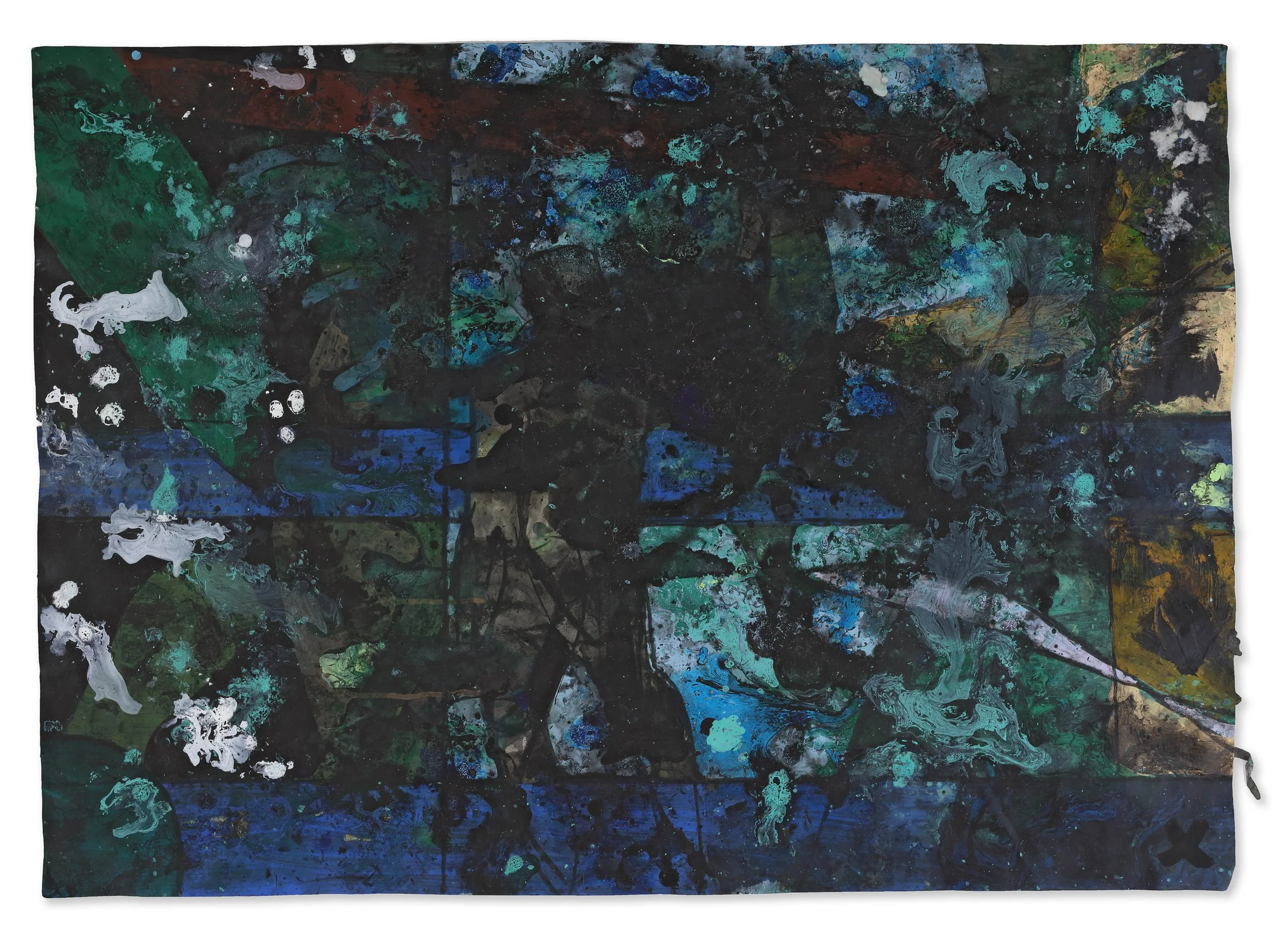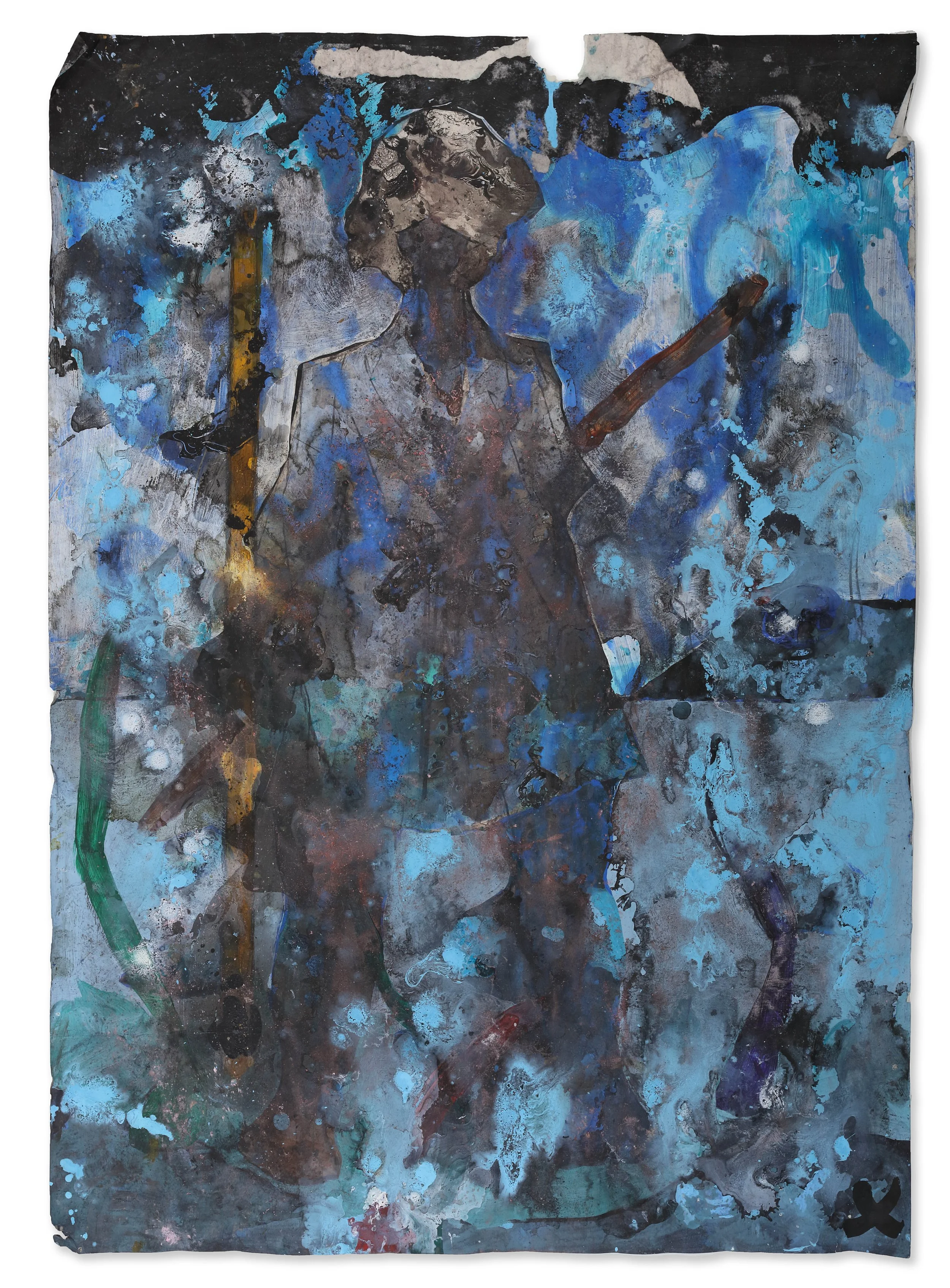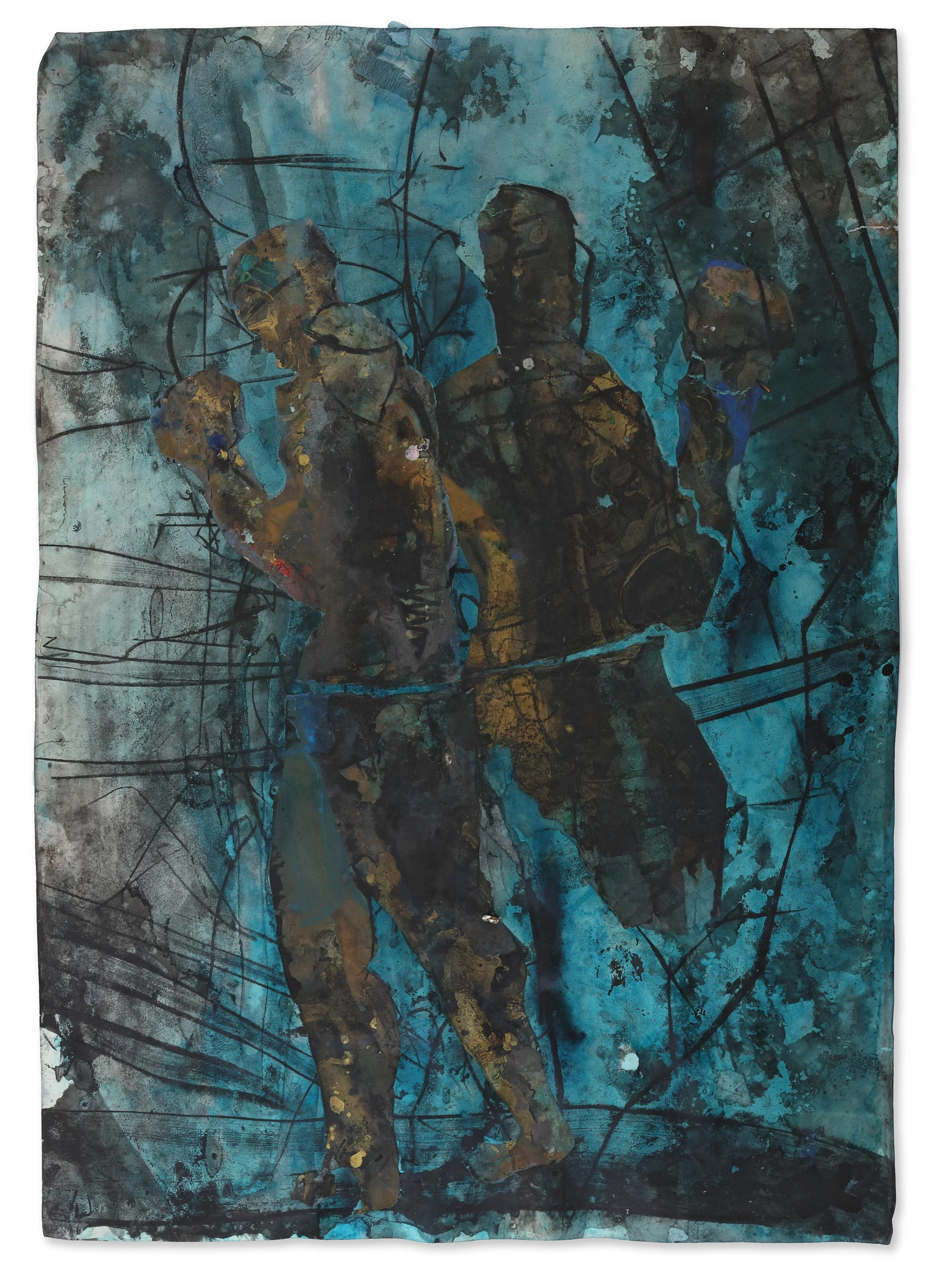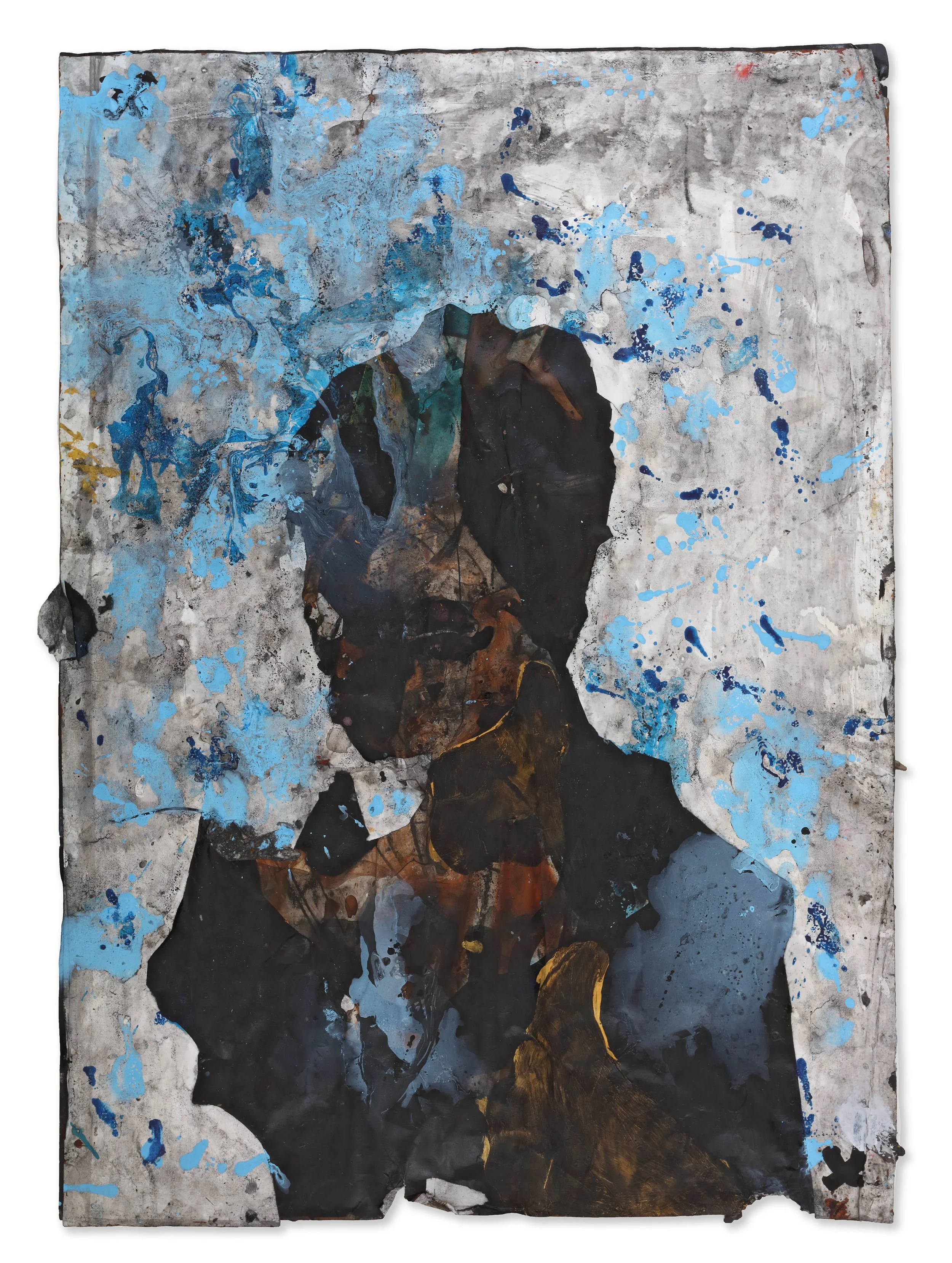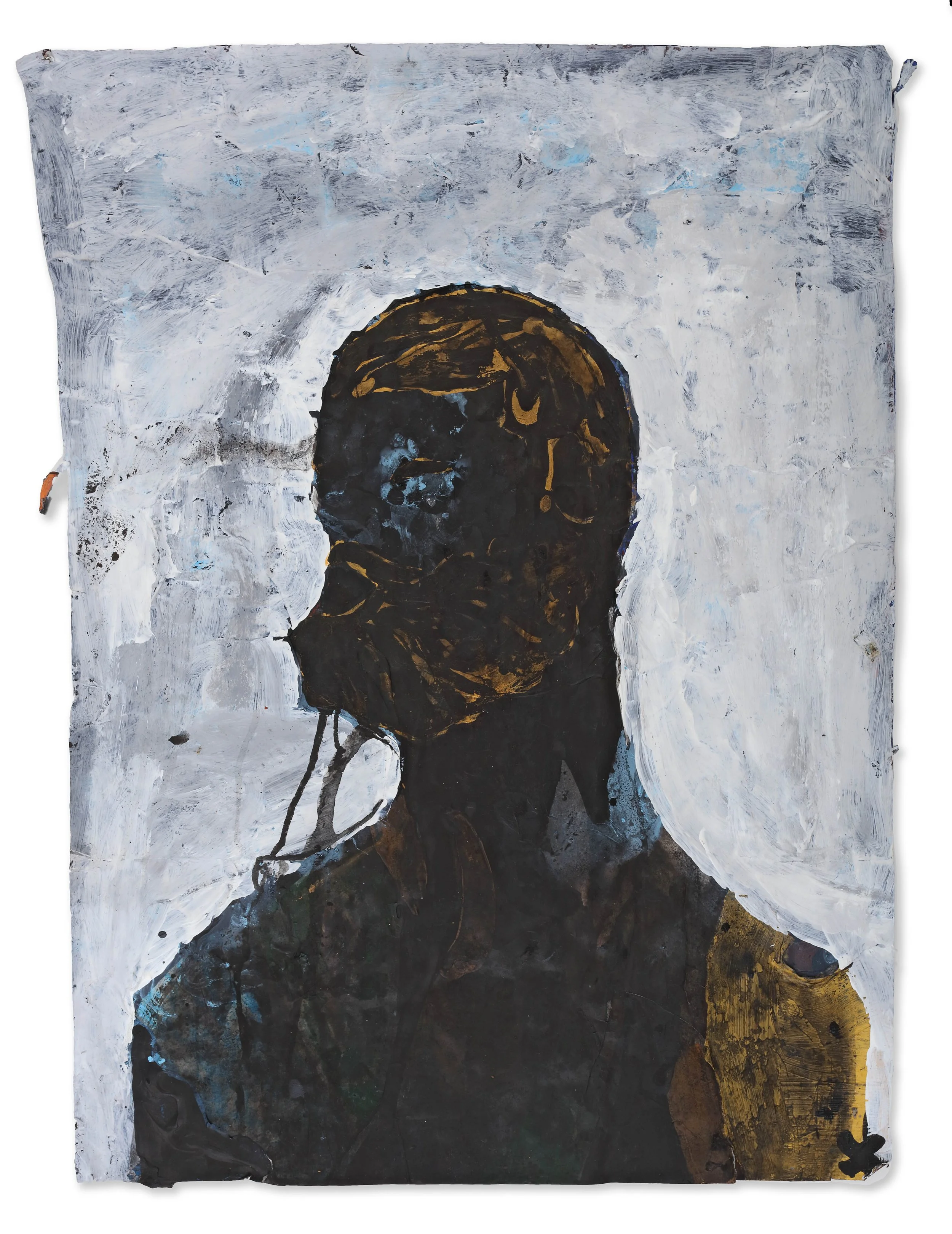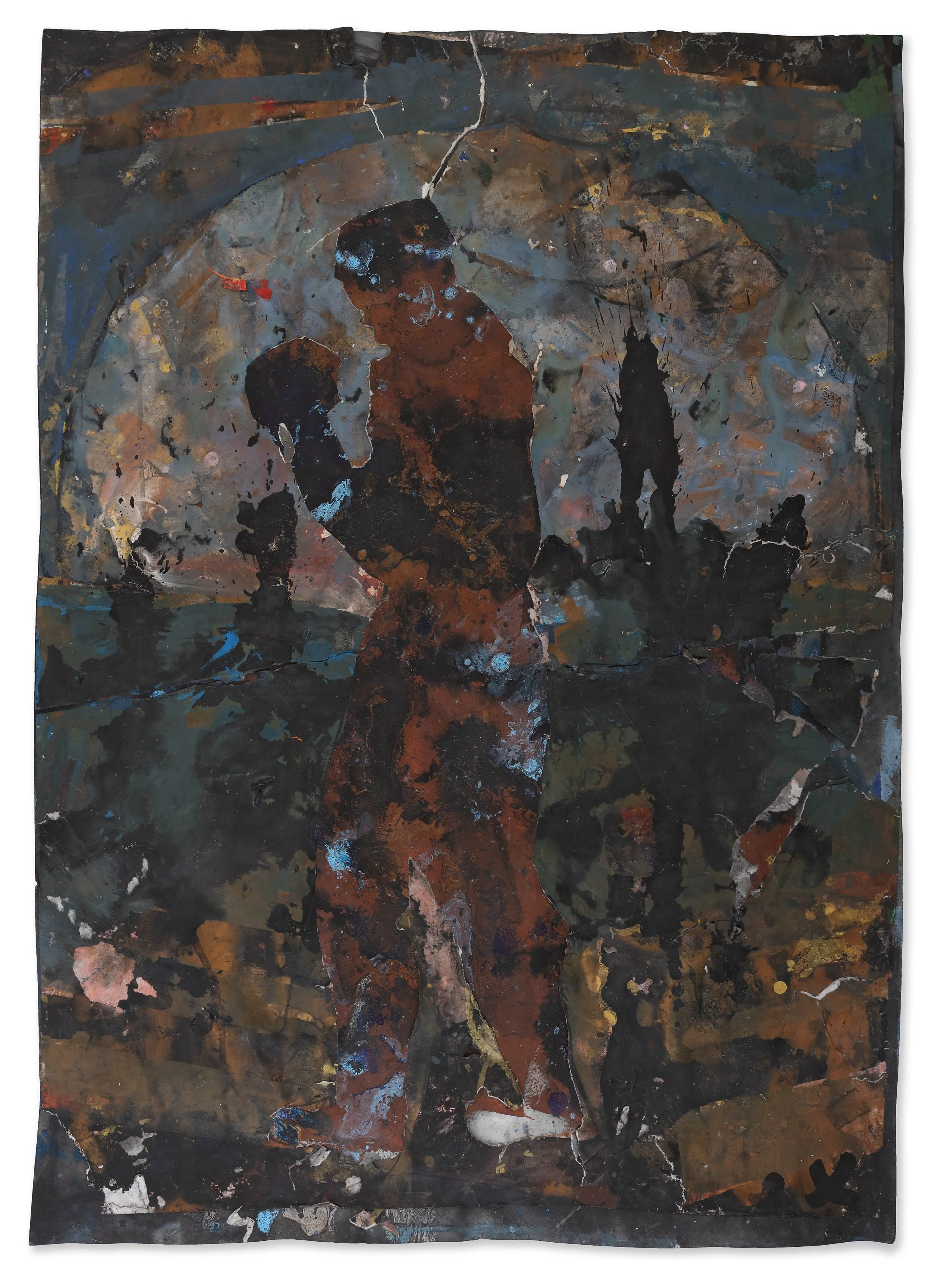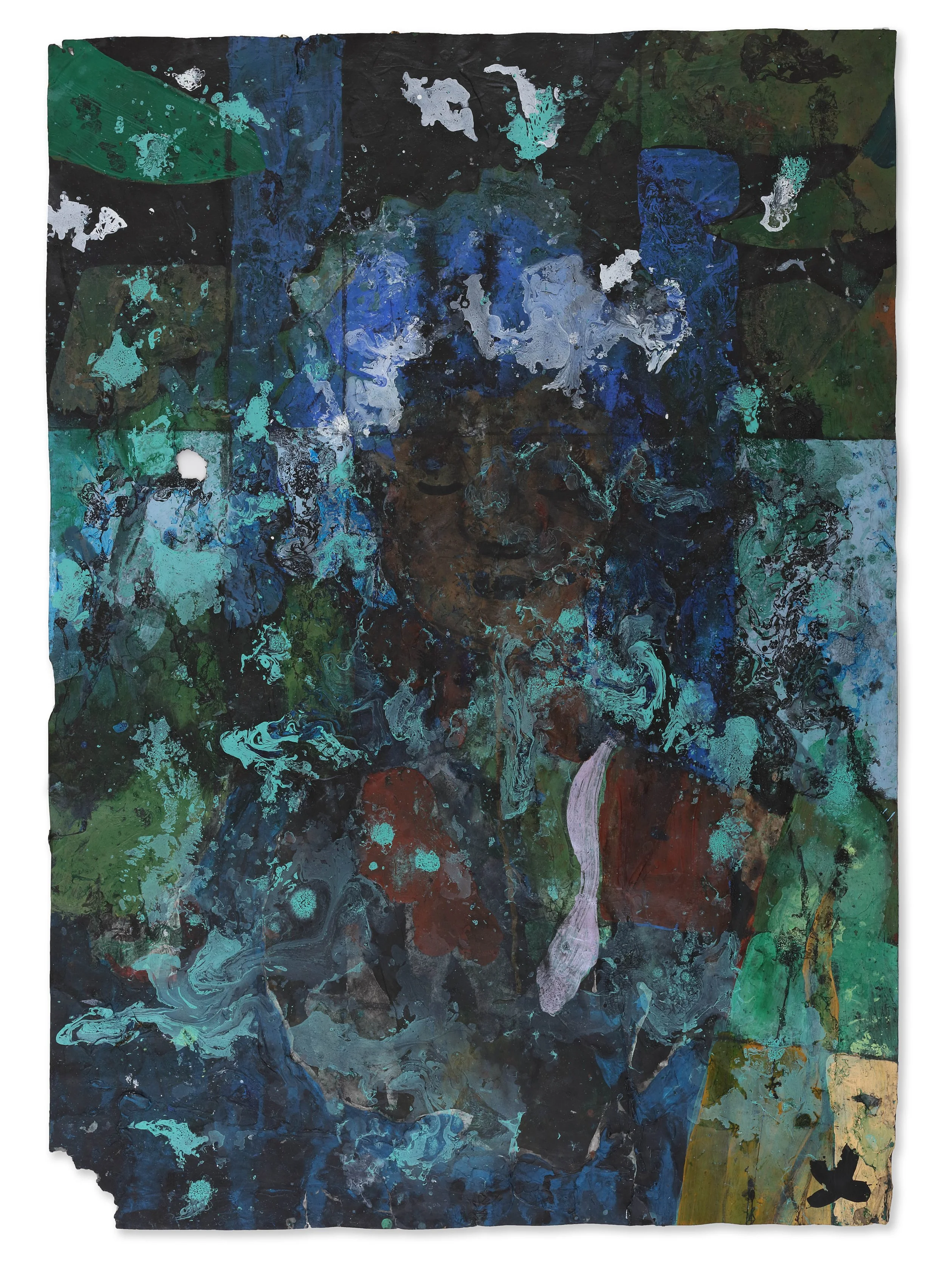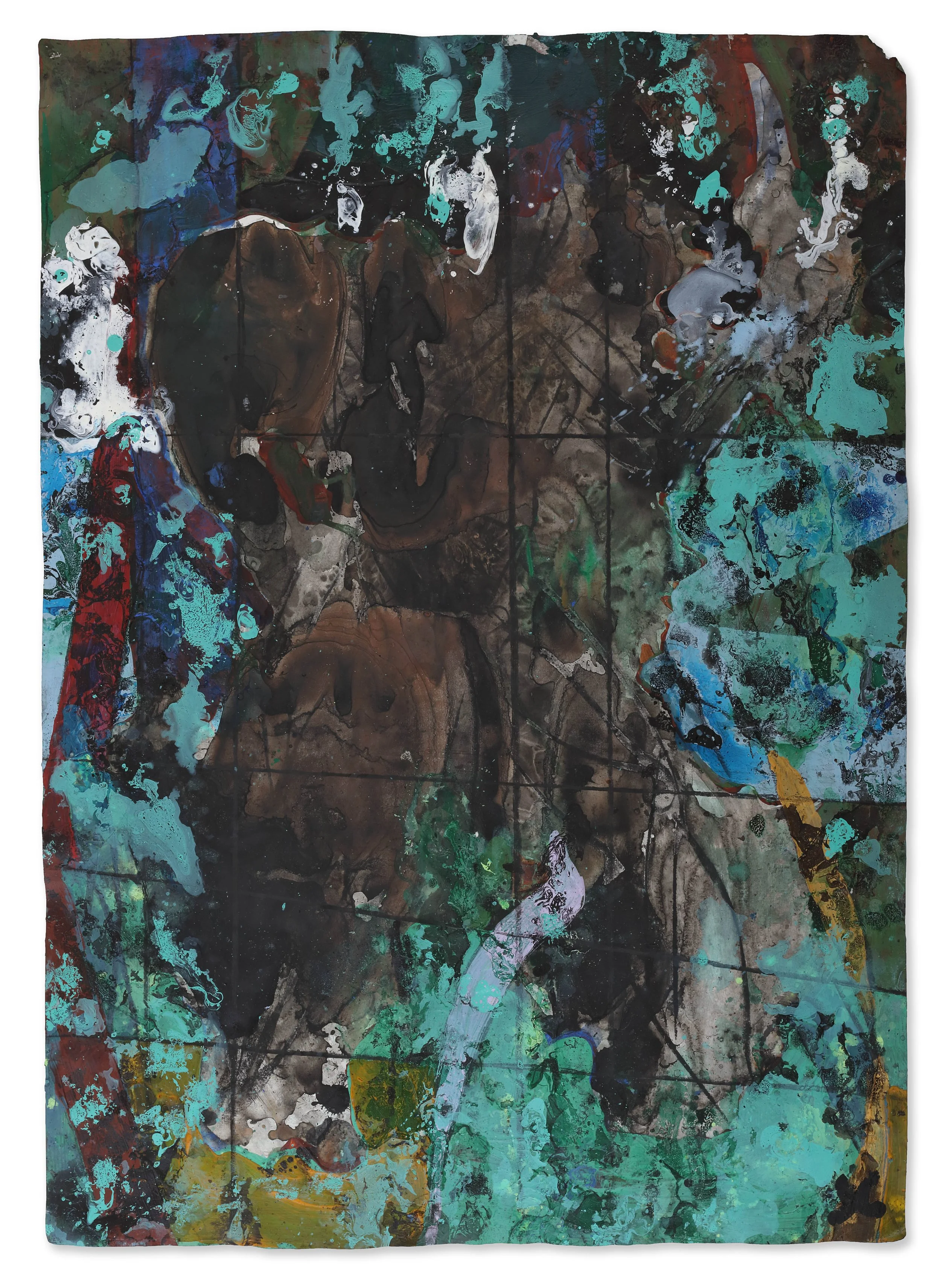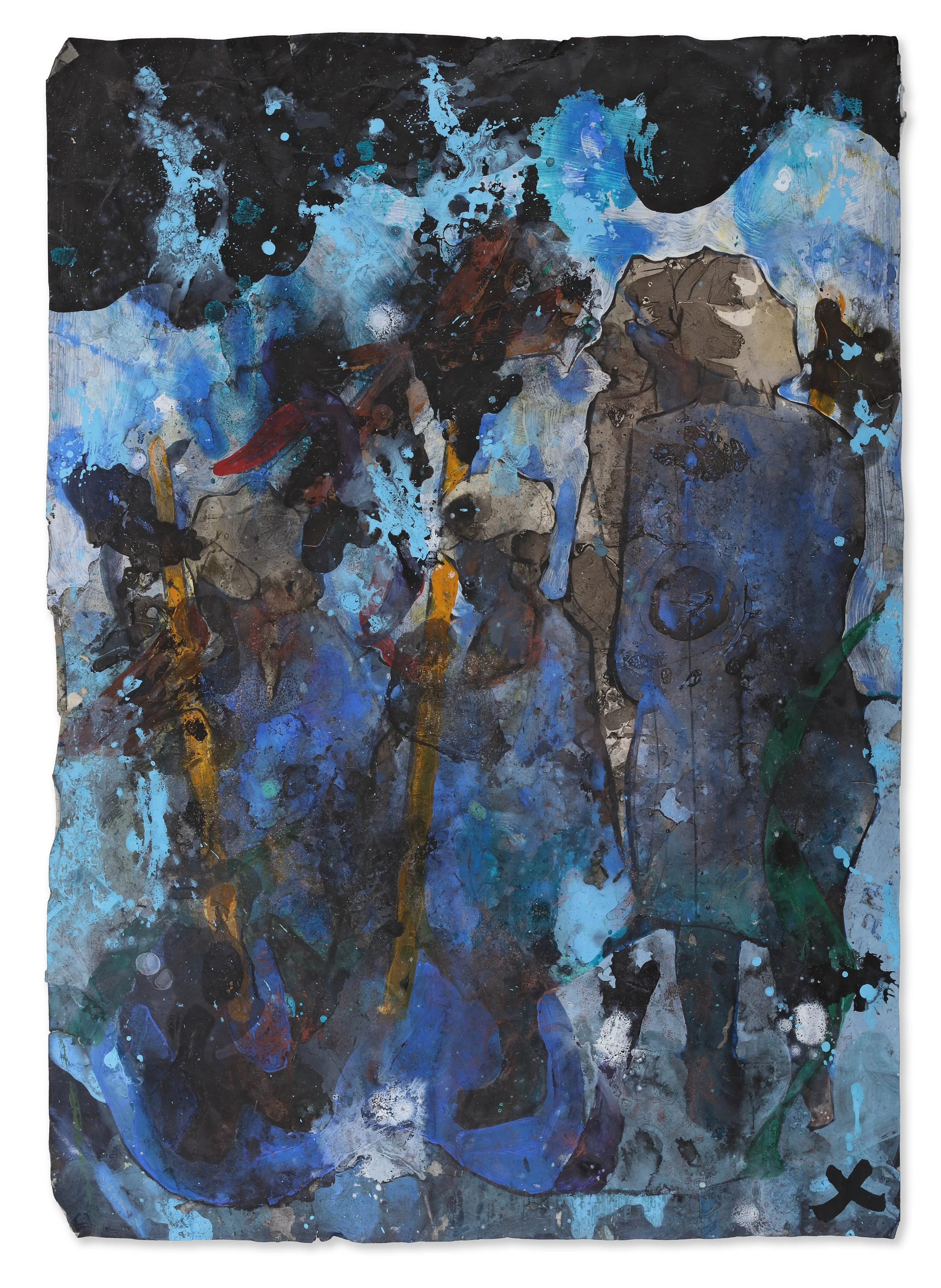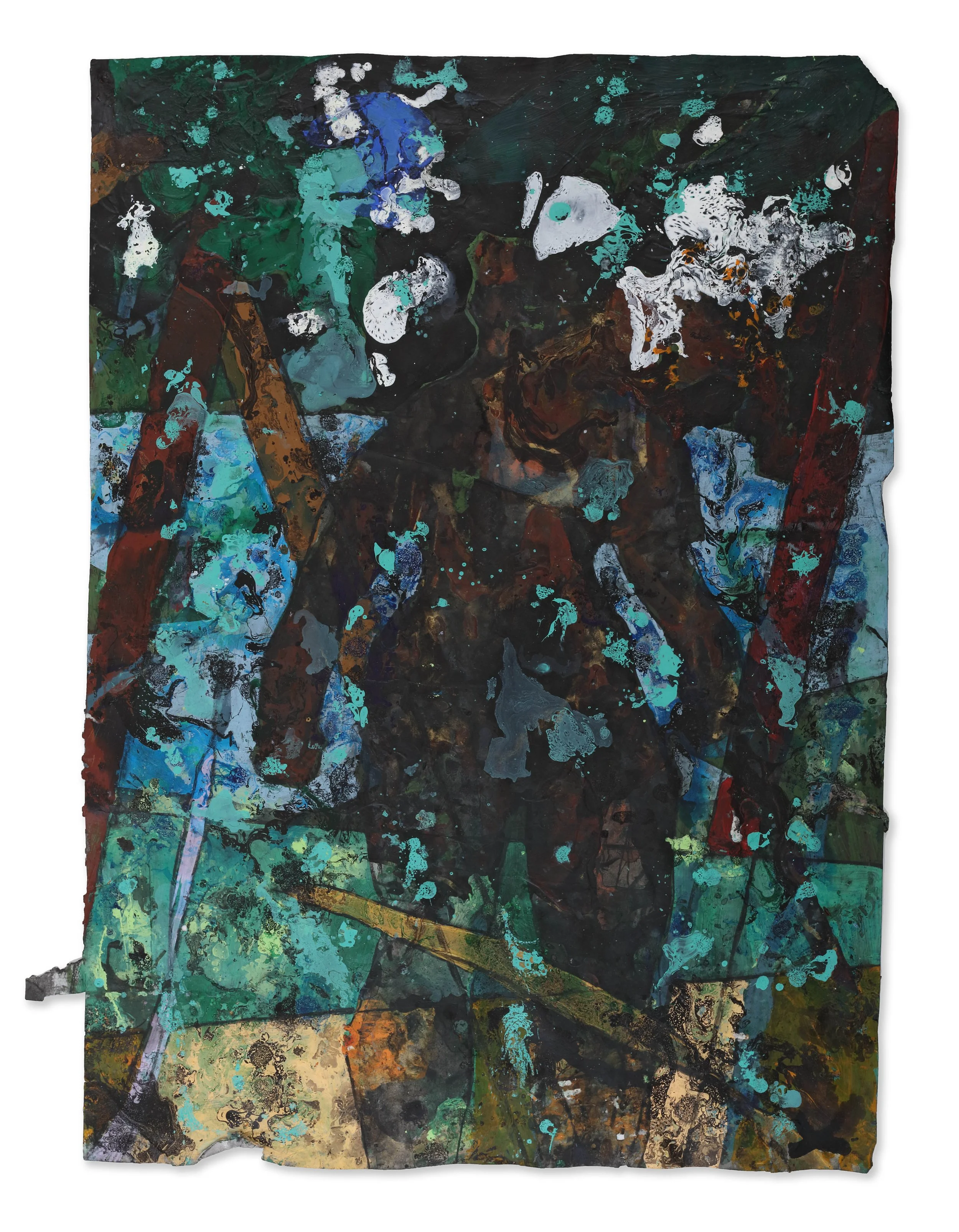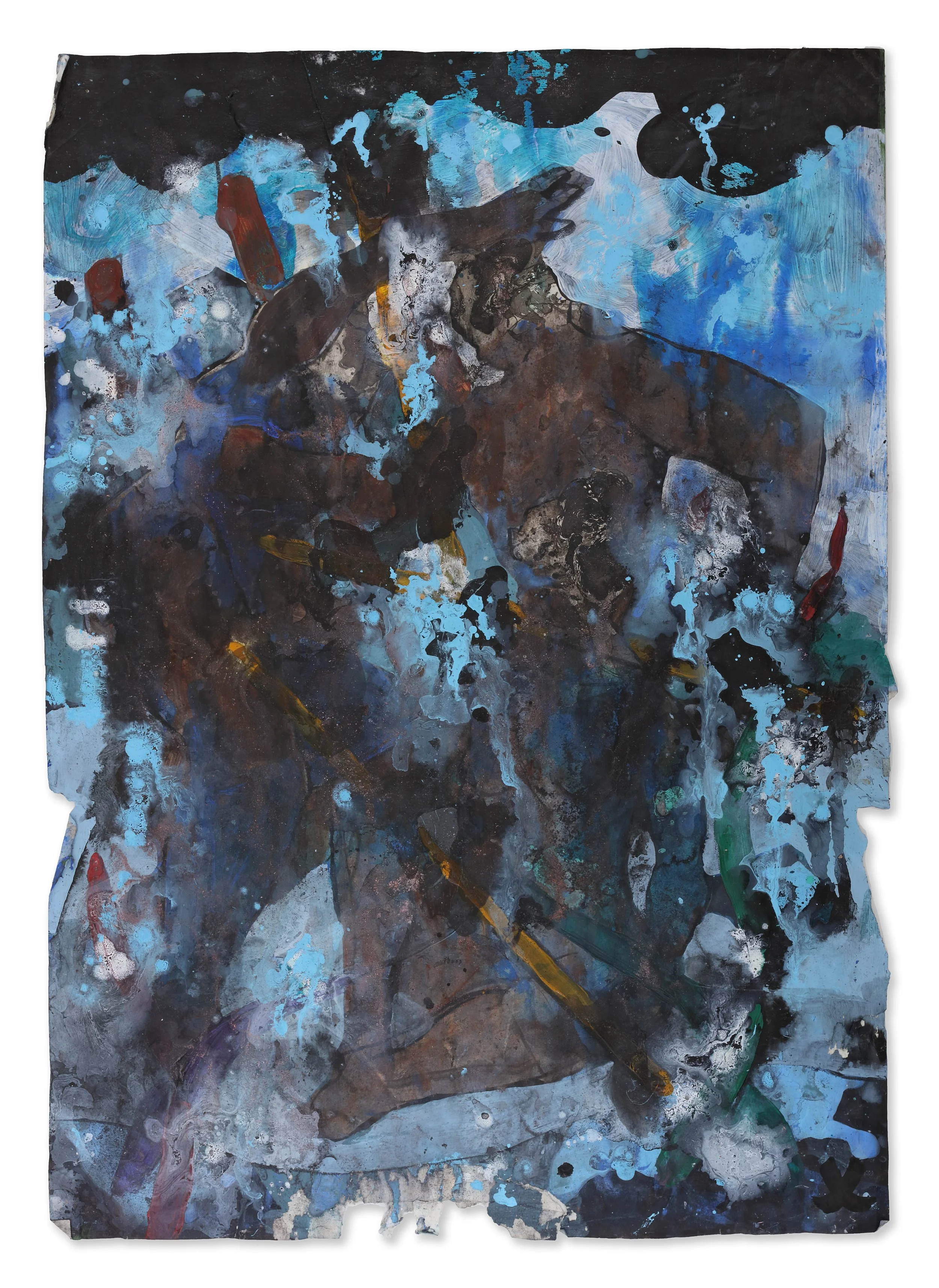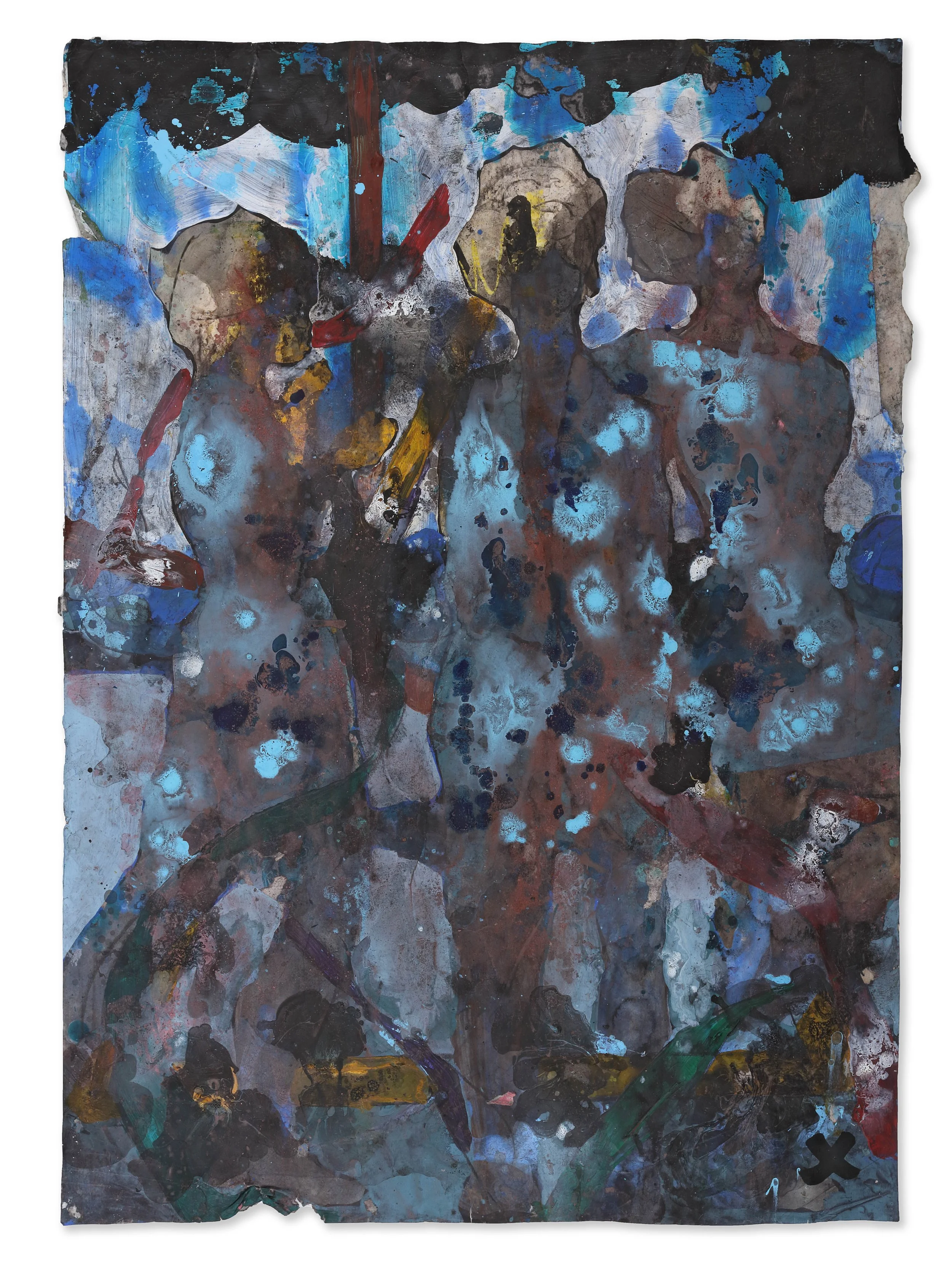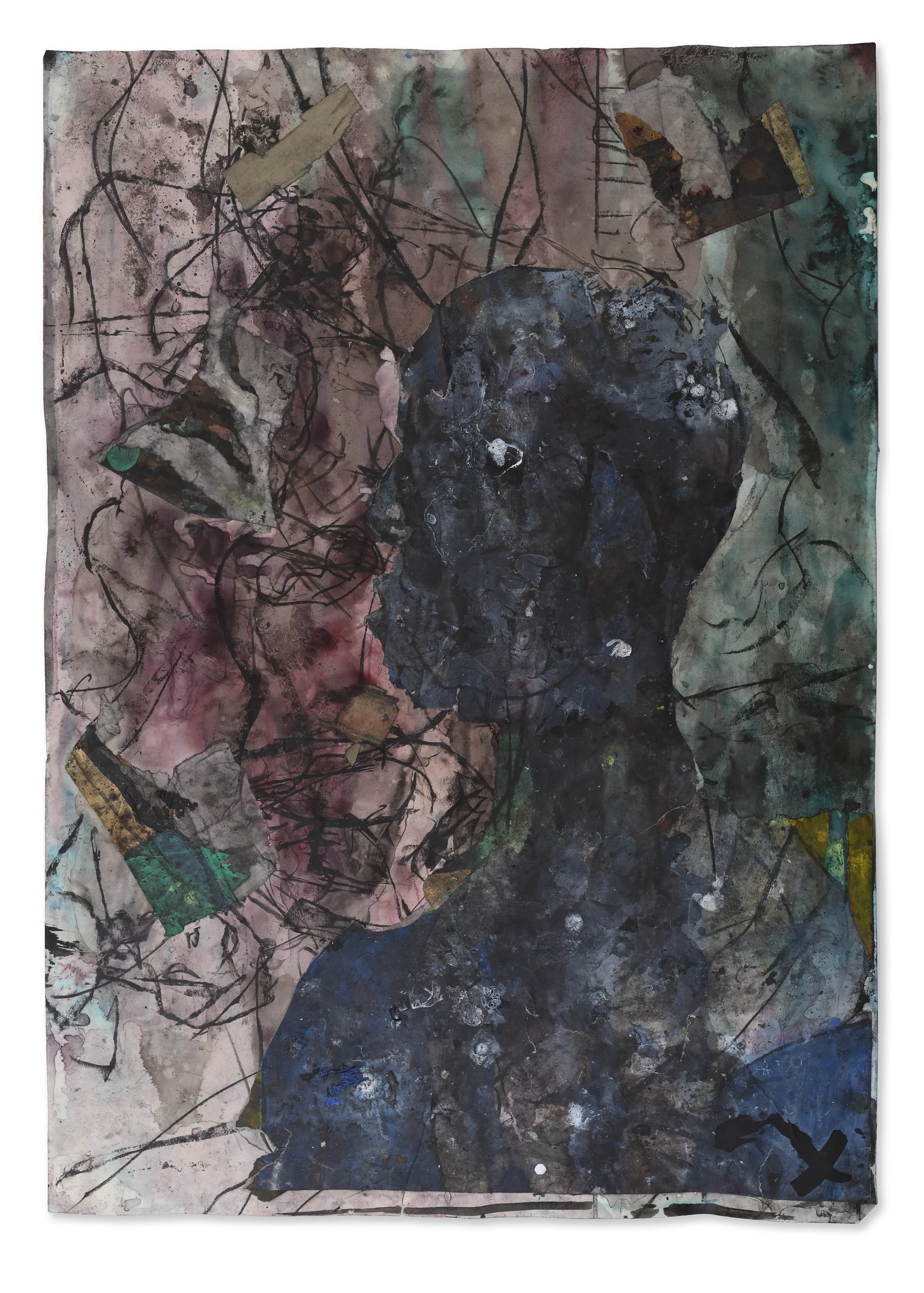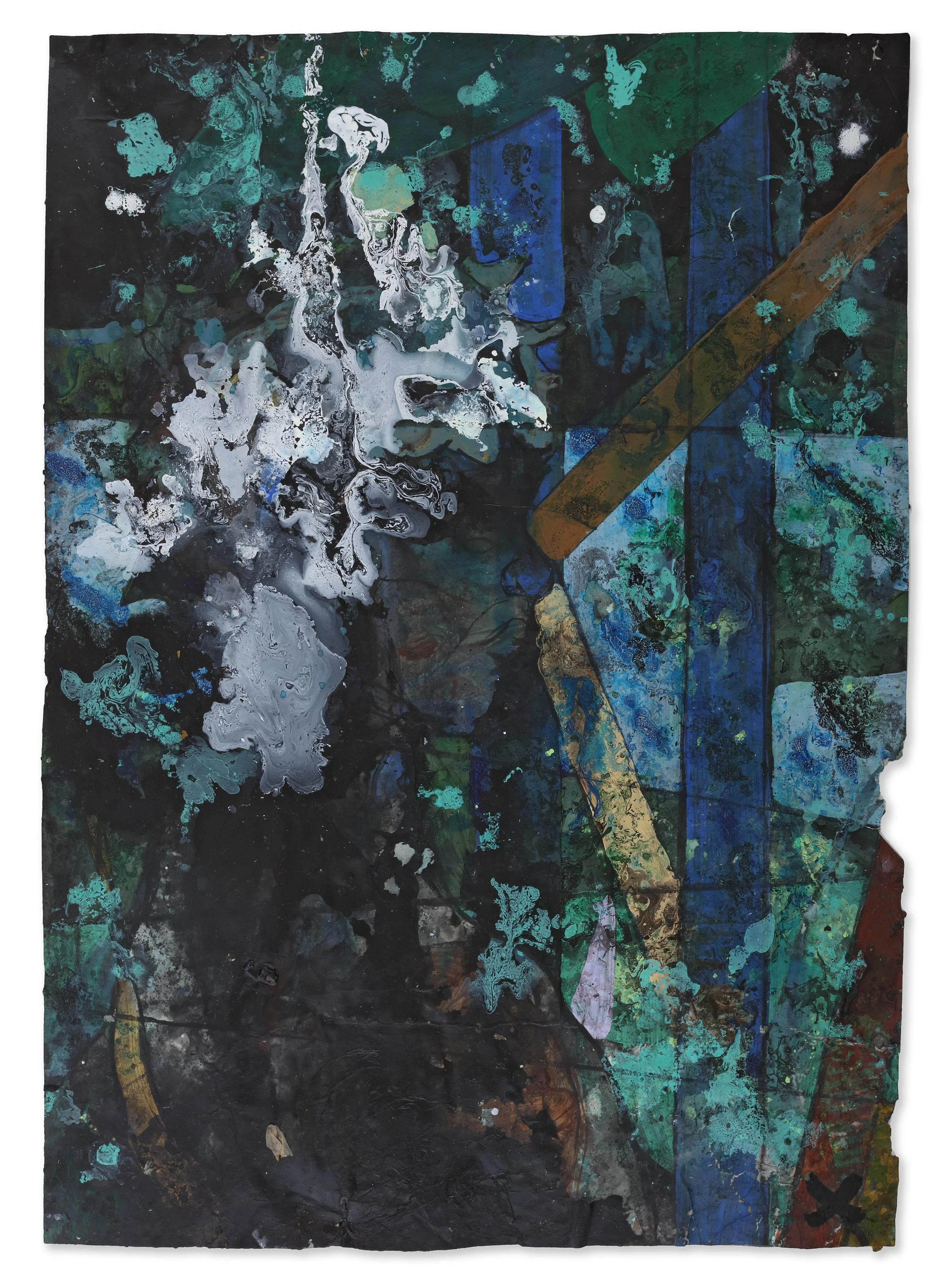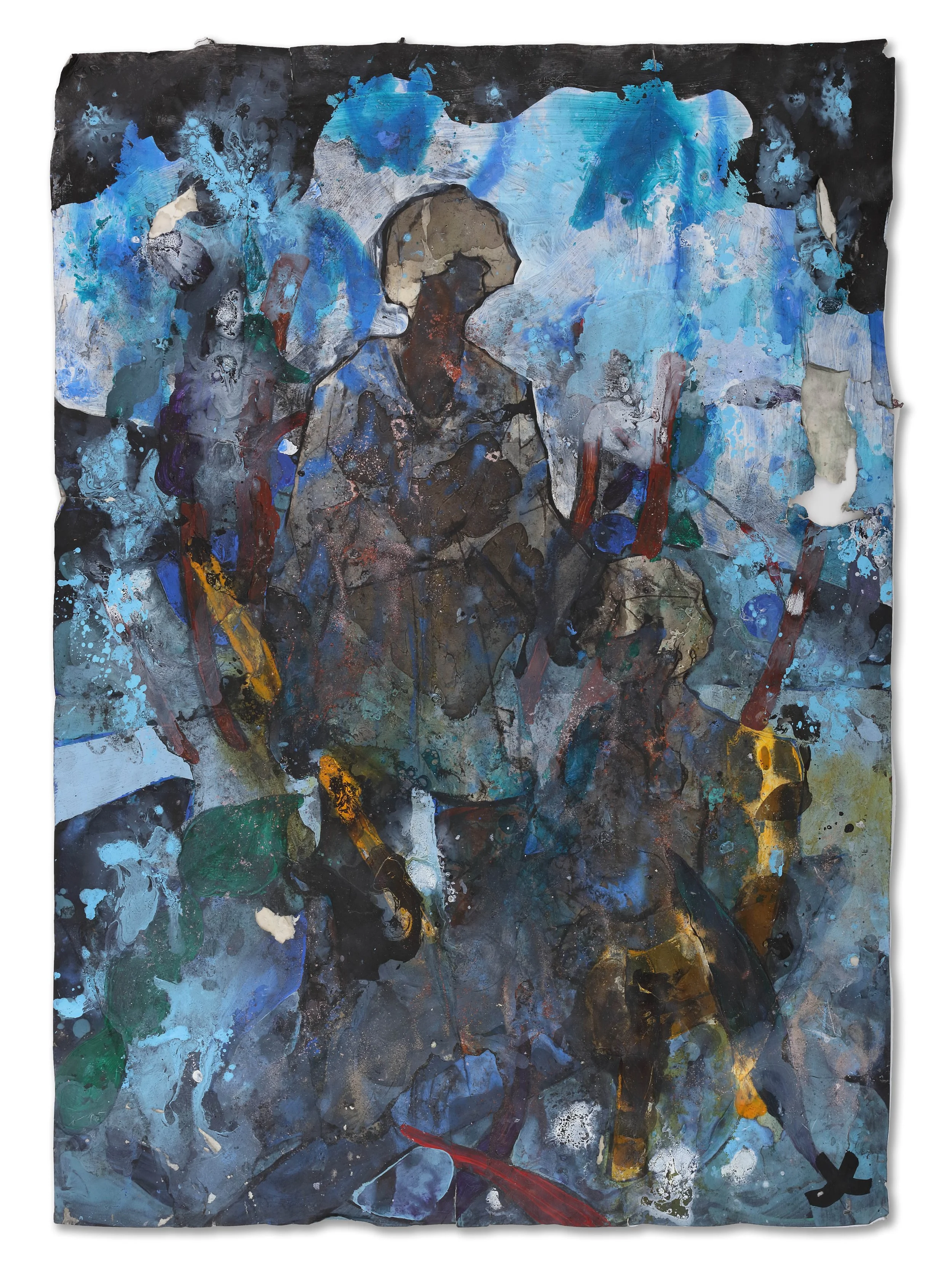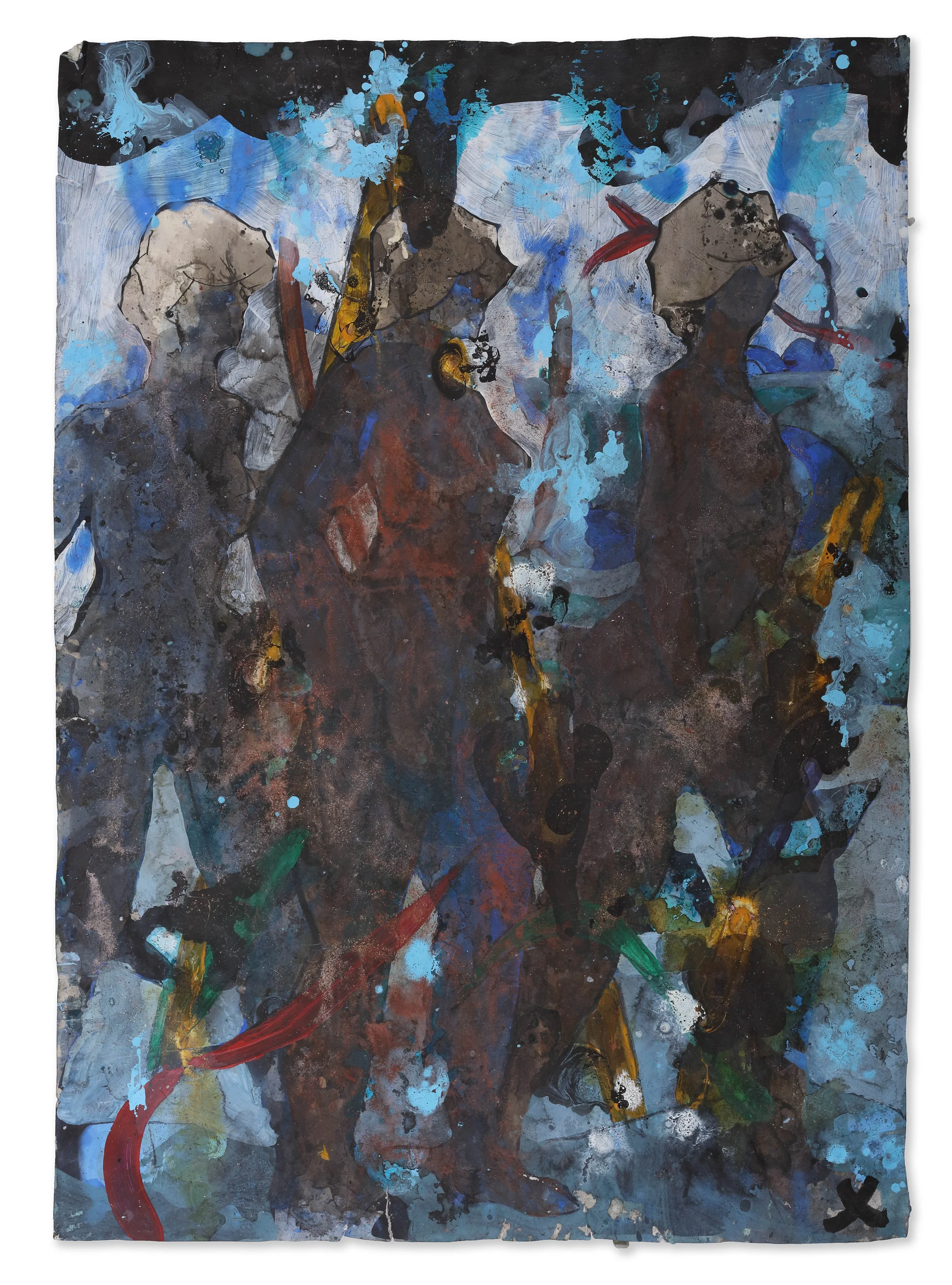Exhibition: Symphony of Storms.
-
Symphony of Storms unfolds as a window onto the enshadowed histories of Jamaica—Xaymaca, the Taíno word for “land of wood and water.” The work interrogates the persona of the Caribbean by illuminating its turbulent past, where enslavement, resistance, and survival shaped a nation whose motto now reads Out of Many, One People. At its heart, the project seeks to visualise the invisible players who orchestrated freedom out of oppression, those whose defiance turned storms into symphonies.
The Caribbean’s climate and geography—its violent hurricanes, torrential rains, and dense mountainous interiors—functioned as both cage and shield. For enslaved people confined on plantations, storms heightened vulnerability, isolating communities and reinforcing the island as an organic prison. Yet the same elemental forces also created pathways to resistance: hurricanes disrupted colonial economies, mountainous forests offered refuge for escape, and the chaos of nature was turned against the oppressor.
Through the lens of fire, the work evokes catastrophe and rebellion—most notably the 1831 Baptist War, when enslaved people set ablaze ships and plantations as acts of reclamation and autonomy. The figures of Queen Nanny and Samuel Sharpe embody this storm of resistance: Maroon communities in the mountains refused the logic of bondage, cultivating free settlements and spiritual traditions that became sparks for abolition. Their refusal to be silenced resonates as lightning within the global struggle against slavery.
In water, quieter currents acknowledge the ocean as both grave and cradle. The Middle Passage left human remains scattered across the seabed, yet in the work, bones and barnacles metamorphose into spirits—renewed presences affirming that nothing is truly lost, only transformed.
In wood, silk cotton trees and rainforest thickets embody Jamaica’s paradox of shadow and light. These landscapes sheltered Maroon resistance and hold within them both mystique and memory, reminding us that the natural world was not only backdrop but active participant in the drama of survival and liberation.
Symphony of Storms thus reimagines Caribbean history through elemental forces, showing how enslaved people resisted the storm of oppression and, through resilience, imagination, and solidarity, reshaped it into a movement that ended slavery and laid the foundation for independence.
